Like what you see here? Our mission-aligned Girl Geek X partners are hiring!
- See open jobs at Discord and check out open jobs at our trusted partner companies.
- Does your company want to sponsor a Girl Geek X event in 2022? Talk to us!
Transcript of Discord Girl Geek Dinner – Lightning Talks & Panel:

Angie Chang: Awesome. I think we’re live now with the Discord Girl Geek Dinner. Hi. Hello from the San Francisco Bay Area. My name is Angie Chang and I’m the founder Girl Geek X. Sukrutha! Say hi and introduce yourself.
Sukrutha Bhadouria: Hi. Yeah. Hi Angie. It’s like jumping numbers, but yeah, I’m Sukrutha and I’m Angie’s partner and supporter and big time cheerleader. Together, we want to bring to you a community for you to be comfortable to be a part of and not try to seek help from. With that, we also have companies that sponsor each event and so if you’d like to partner with us and be a sponsor, reach out to us to see how you can get your company to have access to this amazing community that you are a part of.
Angie Chang: Cool. I’m going to do a quick check in with everyone. Where is everyone logging in from? There’s a chat feature if you can say hello and where you’re coming in from. I feel…
Sukrutha Bhadouria: People are saying that there’s no audio from us, but they’re also answering the question about where they’re from. So…
Angie Chang: Awesome. It’s good to see people coming in from all over. The pandemic has brought us together virtually. We’ve been doing these Girl Geek Dinners since 2008. They started out in places like Google and Facebook when those were smaller companies and over the years we’ve continued to go to all these different companies. And now in the pandemic, we’re virtually getting together and hearing from women at these tech companies and startups and hearing from them and being inspired continually, and always learning about what’s the latest, what people are working on and what are the challenges that they face and what they’ve overcome and getting really inspired by them.
Sukrutha Bhadouria: Angie someone’s dialed in from Kenya.
Angie Chang: Oh my God and Jamaica.
Sukrutha Bhadouria: How cool is that?
Angie Chang: Cool.
Sukrutha Bhadouria: Jamaica too, that’s amazing.
Angie Chang: So who here has been to a Girl Geek Dinner before? I’m just curious. And what do you remember or like from it? I think for me personally, I always like to tell people why they come to Girl Geek Dinners, you got to learn about what are the job titles, because they change all the time. They’ve changed in tech and they change in business and the word operation comes up a lot more like product operations, product marketing.
Angie Chang: I think we learned so much by just going to Girl Geek Dinners over the years and seeing the women come on stage and seeing their job titles and hearing them talk about what they’re working on and how they do it. And then people pick it up at other companies and startups and other cities around the world.
Angie Chang: So to me, it’s really fascinating to continue to see what women are doing in tech and other fast moving industries. And I’m really excited tonight to hear from the women at Discord. I think now is a time that we have to turn the mic over to our Discord host, Jire, and she is…
Sukrutha Bhadouria: She is awesome.
Angie Chang: Yes.
Sukrutha Bhadouria: So many different words to describe Jire, I’m going to grab the mic from you and go ahead and do that because I’m excited to introduce Jire. Jire is passionate about leveraging technology to increase social impact. She has served an elected office, worked on education access in the Middle East and redevelop curriculum to impact the way children learn about the internet. That is so cool.
Sukrutha Bhadouria: An alum of the Brookings Institute, Twitter, the Chan Zuckerberg Initiative, and Airbnb, Jire is currently working on inclusion, diversity and purpose at Discord. She holds a degree in international studies and economic development from Boston College. Welcome, Jire. You’re so cool.
Jire Bademosi: Thank you so much for that wonderful introduction. It’s so great to be here with you and with Angie and the rest of the community. It’s so, so, so inspiring. My connection actually to Angie goes so many years ago and I used to be a member of her email for Women 2.0, back in the early, I guess that was Web 2.0 days, but it’s so exciting to be here with you all and also hosted a Girl Geek dinner past when I was at Twitter. And it’s so great to be able to facilitate this online.
Jire Bademosi: As you all heard I’m Jire, I go by she/her pronouns and it’s so again, inspiring to see so many folks in the chat, sharing a little bit about where they’re coming from. I see there’s folks all the way from the Philippines to Kenya, to folks in Orange County, to Louisiana. Again, just so beautiful to see such a wonderful group and community come together for something so important such as this. So I’m excited to meet with you all, and hopefully we can kick things off. First off, let me start sharing my screen. So bear with me.
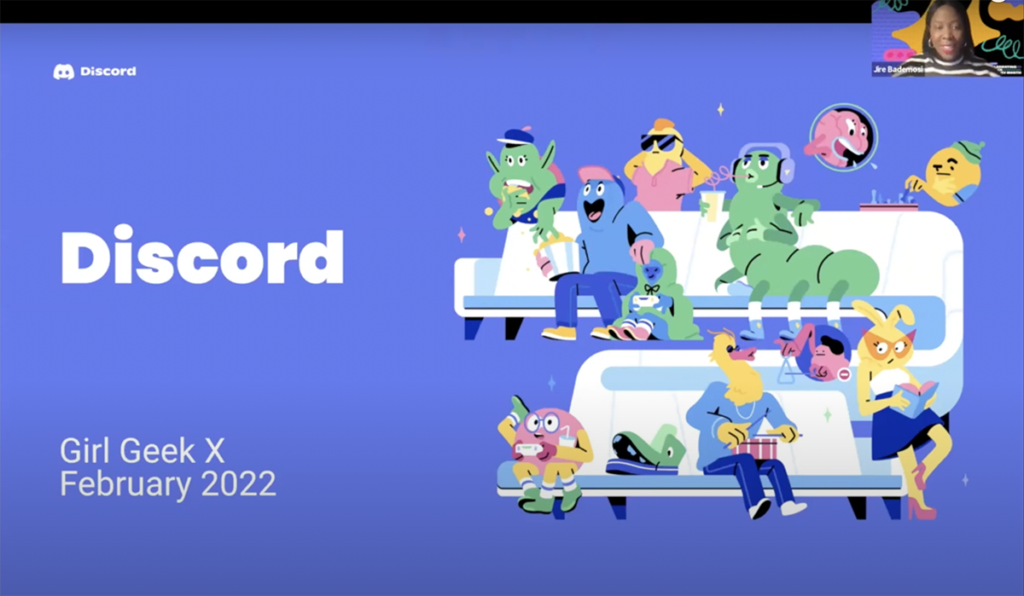
Jire Bademosi: All right. Let’s get started. What are you all in for today? One we’re going to welcome you all which we’re doing now, we’ll tap into Q&A where you’ll get to meet some of my wonderful colleagues and first, starting off with Beena Agarwal. One of our directors in engineering at Discord. Then we’ll move into lightning talks where we hope to impart some of both our knowledge that we’ve gained as women in technology, but then also reflections.
Jire Bademosi: And last but not least, we’ll turn it over to some other leaders at the company who are paving the way across our product, community, as well as engineering teams. Then I’ll pass it over to my other colleague, Lauren, who helps to oversee a lot of our technical recruiting work. And then we’ll also have some time for networking afterwards.
Jire Bademosi: Again, hi everyone. I’m Jire, I’m the senior manager of inclusion, diversity and purpose at Discord. And what in the world does that mean to you? Essentially our work fosters and activates a culture of inclusion and belonging in the workforce, workplace and marketplace.
Jire Bademosi: I’ve been at Discord for just over six months now. In my off time, I love all things art, culture, architecture, vintage treasures, hiking, and the occasional versus battle so hopefully I have some friends in the audience that I can connect with on some of these things that I’ve hold near and dear.
Jire Bademosi: But truly, I just love people and hearing their stories and I think that’s kind of the through line between all of my favorites and things to do. But you haven’t just come here to meet me, right? You all came to learn more about Discord so we can tap into that. So a little bit about Discord. Discord’s story begins back in 2015 when our founders really came together and we’re trying to think about how to create a place and a space to find belonging in their lives.
Jire Bademosi: And the hope with Discord is that it creates that place for you to be able to connect not only with those that you know, but also things that you care about and to be able to have genuine relationships based on the things that you care about with your friends and those communities that you hold dear, and truly be across the globe.
Jire Bademosi: I think it’s a testament to that to be able to see people truly from all over both the United States and even outside of the United States and in various continents all coming together, because we care about, Girl Geek X, and similarly, Discord wants to do that for you in the communities and places where you hold dear.
Jire Bademosi: And that’s really what I think makes Discord a really special place to work. So more about the metrics, we have about 150 million monthly active users, which really goes into the monthly folks who are coming across the globe and coming together with their friends, as well as communities.
Jire Bademosi: We have various servers, which really are those hubs of community and over 19 million, and I repeat 19 million are active every week. And there are over 4 billion server conversation minutes every single day. So just under, I don’t know, the population of the world, I guess, or so.
Jire Bademosi: Across this board, what actually powers this place are ton of wonderful, amazing humans and I want to break it down a little bit for you. We have administrative folks who really are that backbone helping to make sure that all of the folks are able to do their best work by providing that administrative lens.
Jire Bademosi: We have folks on the assist development who are making those connections with brands like you have, StockX if you’re trying to get the latest Yeezys, or if you’re trying to see what Gucci’s up to in their new time ball, all that’s happening on Discord.
Jire Bademosi: We have a customer experience team who’s paving the way by really with each and every single one of our users as much as they can. If you ever tweet them on Twitter, they’re pretty active there as well.
Jire Bademosi: We have a data science team, you will get to meet Nancy just later on. We’ll talk a little bit about some of the work that she’s leading. We have a wonderful design team that’s helping to bring to life all things [inaudible], which you’ll hear a little bit probably about later today. We have a wonderful engineering team who helps to build Discord.
Jire Bademosi: Finance is important, that they help keep the lights on and that they pay for all the wonderful things. I might be biased, but I think the people talent and five team is pretty darn cool and that’s our team that I happen to be on, which really works to, one, think of about employee experience end to end from the time that you’re considering working at Discord to the time where you maybe at the company itself.
Jire Bademosi: As well as our product team, getting in the weeds on all the PM stuff. And then legal, which keeps us honest and helps us make sure that we stay not in trouble. And then our marketing team really getting the word out.
Jire Bademosi: And last but not least is trust and safety, which really helps us try and build the right policies and processes to make sure that Discord can be a place for people to belong. So that’s a little bit about what’s behind the curtain as far as the teams that make our company a company.
Jire Bademosi: But I think what also is pretty awesome about Discord is that we have a total wellness program that really takes in to the fact that we’re not just one thing we’re not just a singular person, we’re a whole person. And that includes our physical wellness. That includes our mental wellness. And that includes our financial wellness, whether or that’s through services, such as Headspace to meditate, whether that’s modern health to provide, counseling sessions, coaching sessions. Whether that’s our gender affirmation fund to support our colleagues. Whether that’s carrot to support our colleagues in fertility journeys, or even thinking about financial wellness, especially when we think about inclusion for communities that may not have been provided these resources in the past.
Jire Bademosi: And so really thinking about it through three major lenses and even within each of those buckets, we have a number of traditional perks as well, whether it’s our desk fund or support for employees to be able to get their exercise on or what have you but all of that exists and more within Discord. That just a little bit, give you a little taste a little bit of behind the scenes of Discord thus far.
Jire Bademosi: And then I got to talk a little bit about inclusion, diversity and purpose. One, because I am passionate about it, but two, I think that’s what’s a special sauce about Discord and our team and what it really stands for. And within each of these buckets, we really try to dedicate intentional time, effort to bringing this alive.
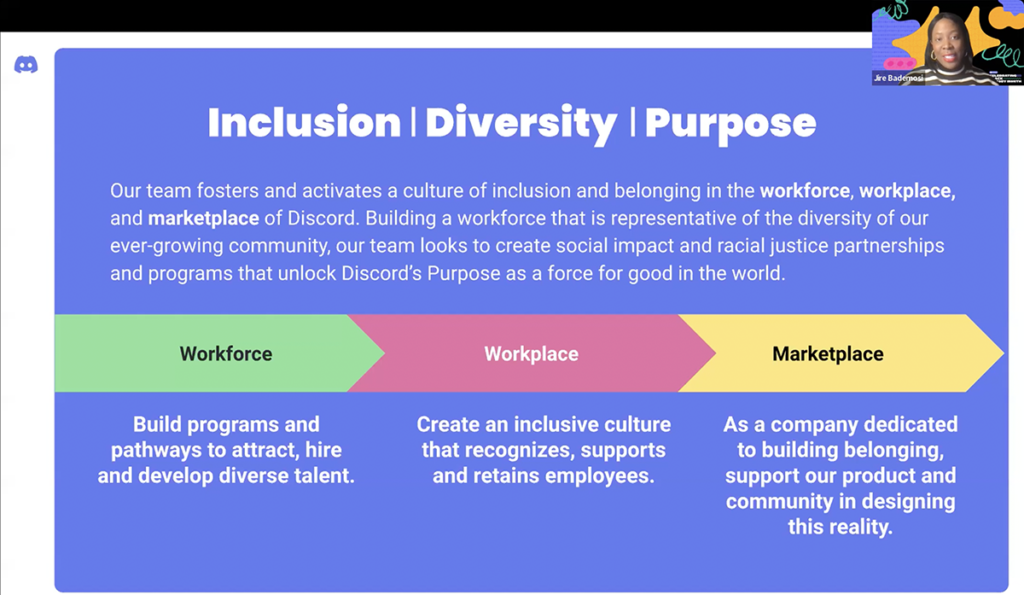
Jire Bademosi: And so number one, within our workforce, we really want to build programs and pathways to attract higher and develop diverse talent. And really the why behind it is Discord again, is about belonging and to actually be able to do that, we have to start within and we have to be intentional about it and we have to communicate it and really build those programs to make sure that that’s successful. Then from our workplace, what about folks who are here and that’s where the internal inclusive culture development comes from.
Jire Bademosi: And so that’s everything from employee resource groups to our employee engagement team, to even employee giving and volunteering opportunities that we have for employees. And then last but not least is the marketplace and I think what’s so exciting about Discord is the reality that it really is a consumer facing product. And people, I’m sure, and I’m actually curious, I might even ask you all, how many folks in the chat, if you’ve ever used Discord before, if you’re using Discord, I’m sure I would see quite a few folks jump in and it’s important for us to have that inclusion diversity and purpose lens, as we’re thinking about the company. A
Jire Bademosi: And that’s where that marketplace work comes into contact with us. And so that’s just a little bit about Discord, but I will pass the mic. I think you all be seeing a lot of me today. So bear with me as we go along for this journey, but I want to welcome up my colleague Beena Agarwal, who is director of engineering at Discord. I’m going to stop screen share so y’all can actually meet and see Beena. All right, welcome. Hi Beena. How are you?
Jire Bademosi: Good. It’s nice to see you. Long time to see.
Jire Bademosi: Amazing, amazing. Well, I have to tell the rest of the crew here, since we have all these friends joining from truly all over and who use Discord daily like Nicole says, Nicole uses Discord every day. I see people saying really stanning Discord and so I think getting to talk to you is pretty exciting in the sense that you are in charge of really seeing how to drive Discord from a multimillion dollar business to a multibillion dollar business.

Beena Agarwal: Hi, Jire, I’m good. How are you?
Beena Agarwal: Nice to see you too. I’m excited to be here.
Jire Bademosi: And I think it’s so exciting to see you in that position and I want to first start things off with folks who get to know you and learn a little bit more about who Beena is. So I’ll turn the mic over to you and share a little bit more about who you are and what brings you to Discord.
Beena Agarwal: Yeah, absolutely. I can start with my background and start from the beginning and then feel free to go into ask me for any details and I’m happy to go to that. I started out my career as a software engineer. A long time ago, I was at Symantec working on network intrusion detection systems. And after doing that for a while, I wanted something that was still just as challenging and more fun so I actively sought out the gaming industry and was at Electronic Arts as a software engineer.
Beena Agarwal: And then that’s where I got into management and I ended up leading a mobile studio engineering for a mobile studio at EA. And as part of EAs pivot to mobile strategy, I was working on casino games, which made a lot of sense, because they make a lot of money. And after about four years of doing casino games, I had to take a step back and think about what I wanted to do for the rest of my life. And I wanted to do something a little more mission oriented.
Beena Agarwal: I ended up starting my own education technology company. And I did that for a few years and then I was very curious about the intersection of technology and healthcare. I actively pursued some health tech companies and actually around the same times, I started conversations with Discord and I was completely blown away with everyone that I talked to here. It was clear that there was a very much a people first mentality in leadership style. And that really resonated with me.
Beena Agarwal: However, at that time I had actively gotten out of the gaming industry and also I was just one year into my health tech journey. So I decided to pursue health tech and give it a full shot. And then a couple years later, Discord had grown a lot. My manager reached out to me and a couple things that happened in that time, in those two years during COVID, Discord had actively expanded out of the gaming industry and this renewed mission of creating space and a sense of belonging for everyone really resonated with me.
Beena Agarwal: I pursued those conversations again and decided last year that it was a good time to join Discord. And so I’ve been with Discord for a year and so that’s what brought me to Discord. Outside of work, I am a new mom. I have an 18 month old so I spent a lot of time being a slave to a toddler. So any moms out there, if you have any tips, I would love to hear them. And I like exploring the outdoors.
Jire Bademosi: Amazing, amazing, and lots of congratulations as well in the chat, both for your career and as well as your little one. And I think you shared a lot about your career journey, both into entrepreneurship and also something that I think is something that we can all relate to, which is sometimes maybe it’s not the right time or, and then you find the right time and you still stay close and I think it’s so powerful to really think through that.
Jire Bademosi: And now that you’re a year into your time at Discord, what does your role really entail? I try to give a little bit of a tidbit, but I didn’t want to tell a full bit about your work, but can you tell us more about what you do at Discord?
Beena Agarwal: Yeah, absolutely. So here at Discord, I lead engineering for the premium products organization and that is really building revenue generating products for Discord. So what that truly means is overall Discord’s mission is to create belonging for everyone. And we, our teams exist to fund that mission by creating a sustainable business model for decades to come. We do that by scaling our premium products and ensuring that they truly align with the user’s interests. This includes the teams that work on a Nitro subscription products, a boosting subscription products, and the underlying platform that ensure that our products are robust and scalable.
Beena Agarwal: And my role in particular has evolved a bit for the past year. Truly, we just started focusing on scaling our business models early last year. So it was working with a lot of our counterparts to up with a strategy and clearly applying the goals for the organization and then making sure that we have the tools, the systems and the processes in place, and that we are building teams and setting them up for success to meet our goals.
Beena Agarwal: Since then, we have scaled the engineering organization here within premium products from 10 engineers, when I first started to about 36 engineers now and we have some audacious goals in front of us, so we are definitely adding more and scaling the organization to about 50 by the end of the year.
Beena Agarwal: And then it’s a large part of the role is also cross-functional, so as a core revenue organizations, besides with the product teams and the design teams and the analytics teams, it’s literally working with almost every team in the organization to make sure that we are working on the right things on the most impactful things.
Beena Agarwal: This include finance for all our revenue recognition, it includes partnering with business development to make sure that we are going after the right deals, it literally includes working with any team that is building features for Discord to make sure that we are also thinking about how we going to monetize things and making sure that everything aligns with the users’ interests ultimately.
Jire Bademosi: Right. And I think you say something really important and I think as a unique delineation for where Discord is, and it’s in that at the end, ultimately also about the user, which I think is such a unique lens to how Discord has conversations about monetization that I think is different than many platforms. I don’t know if you want to expand a little bit more on that philosophy.
Beena Agarwal: Yeah, absolutely. And we are continuously rethinking that and evolving that, but at the core of it, it is figuring out what truly engages our users, where our users’ interests are, and because ultimately it’s engagement that leads to conversion and we truly believe that. A
Beena Agarwal: And we are a very data driven organization and by data driven, I mean both from a qualitative perspective and a quantitative perspective. We are constantly doing user studies, looking at the vast amount of data that we have to really figure out where users are spending their time and what is it that they truly value in our products so that we can build upon that.
Jire Bademosi: I love that approach. And again, obviously I’m a little biased, but I think having that qualitative data that really dives into something that you can’t get in a numerical quantitative really allows for that balance to occur to hopefully help us learn more about our communities as well as the folks who come to Discord every single day. But I’m curious, what gets you excited in the morning? What makes you excited about Discord? What makes you excited about your role?
Beena Agarwal: Yeah, absolutely. I am definitely very mission oriented and that’s one of the reasons that I joined Discord. Helping Discord achieve that mission of creating belonging is truly what excites me. And within premium products, that really means how does our organization connect to that mission.
Beena Agarwal: We remind ourselves of that constantly, that we exist here to fund that mission of creating belonging for our users. Working on that is definitely very important and exciting. And then what that tactically means is we have some audacious goals in front of us. We are at 115 million monthly active use like you said, we are multimillion dollar business right now and we are constantly thinking about how we want to get to multibillion dollars in revenue and with a clear goal of getting to a billion dollars in by end of 2023.
Beena Agarwal: We are actively working backwards from that goal and that is super exciting for all of us to figure out how to get to that billion dollar goal. But it also means how are we scaling the organization to get to that goal. So I think about that a lot, making sure that we are bringing in the right people that embody our principles and values and empowering them to do their best work.
Beena Agarwal: And then also defining the culture of the org as we scale and grow. We really understanding what is it that we truly value where we have been a different size of an organization for a long period of time and there are certain things that we enjoy operating in a certain way. What are core principles that we want to keep? What are things that we want to evolve and how do we define the culture of the org as we scale?
Beena Agarwal: Those are some of the key things that are super exciting to me personally.
Jire Bademosi: Yeah. I think all of that’s very exciting and billion dollars is no joke and I think it’s so important and great the work that you’re doing and you’ve probably learned so many lessons along the way. Are there any that you can share with us?
Beena Agarwal: Yeah, sure. There is a book by Jim Collins called Built to Last, where he talks about time telling and clock building. The premises that often leaders spend a lot of time crafting a vision, building and bringing an idea or a product to life and he refers to this as time telling and in studies that he has done, what he found that truly visionary companies are the artifact of clock building.
Beena Agarwal: What that means is building an order company that can prosper beyond the presence of any leader and endure over time. The company and the organization is the true creation and the product and leaders are in service of that.
Beena Agarwal: And I think about that a lot and how that applies to my role here. So the reality is that we have to spend as leaders, we have to spend some time doing the time telling and the clock building, because in reality, we have a lot of audacious goals in front of us and we have to make sure we spend our time in those execution details as leaders and making sure that everyone’s working towards those goals and that we’re executing against those goals.
Beena Agarwal: But the true benefit is from that clock building, like building the org, building the culture of the org. So I’m constantly thinking about how, what is the right balance here? How much time should we be spending building that again? And how do we balance that with the execution details here? And it’s something that it’s hard to find that right balance and that’s something that I’m constantly trying to learn from and evolve.
Jire Bademosi: Absolutely. I feel like all of us in one way or another, I’m curious, I’m sure in the chat, there’s plenty of people who are trying to find balance myself included and especially when you’re a hypergrowth startup environment and really trying to make an impact in such a important way. I’m curious that you’ve worked at both startups and building a team there, you’ve worked within a company like a large one such as EA and you’ve also worked at Discord now for a year. And how have you found the leadership at Discord to be different than at other places?
Beena Agarwal: Yeah, that’s a great question. One thing I will say is that leaders here truly embody the people first part of the culture. And a lot of times when you go through the interview process, you learn a lot about the culture and then when you join the company, you find that aspects of it might be true and there are aspects of it that are not exactly be expected.
Beena Agarwal: And I will say in my one year time, year, I find that everyone has been totally true to everything that I learned as part of the interview process. The reasons that I joined Discord have totally held true. So what I mean by that is everyone is very true to the mission. Everyone really cares about the mission all the way from the individual contributors that I’ve interacted with all the way to the leaders, the senior leaders of the company.
Beena Agarwal: It shows up in a lot of different ways. All the way to how the CEO runs all hands and how transparent he is about everything that he communicates in these all hands. So we have a weekly all hands that is run by the CEO where he talks about things that are top of mind for him. And then we go through the different parts of the organization will also give updates and then in the end we have a Q and A section.
Beena Agarwal: And it’s amazing to me, how you ask any question, anyone can ask a question and the responses are always very thoughtful and how the CEO is very transparent by that. So that’s one aspect here, how leaders are truly transparent here. And then the other thing is, as far as the people first mentality goes, everyone really creates space for us to be our authentic self.
Beena Agarwal: One of the things that I was very concerned about when I was joining is… Joining company remotely during the pandemic is definitely not easy. Building a rapport with the team remotely is definitely not a walk in the park. And then also I was a new mom at the time I had just come out of maternity leave, my kid was five months old.
Beena Agarwal: There were a lot of things that were important to me, including nursing and it was very important for me for various reasons to continue to do that. And I was very upfront with my manager about all those things that were important to me and what I found that all of my apprehensions were totally, they weren’t a problem for anyone. Discord made it very easy to onboard, to build rapport with teams. They truly had frameworks around all of that.
Beena Agarwal: And then also, made space and time for me to take care of things as I needed, whether that be blocking time on the calendar or if I had to attend a meeting, being able to turn video off and nurse the baby as needed. It was also refreshing to see that there were a lot of male allies in the company, including my own manager who often during meetings would say that, “Hey, I actually need to go feed my kids. So I’m just going to turn the video off and make lunch for my kids.” It was really refreshing to say that, to see that and to normalize things and say that, “Hey, it’s okay. This is life in this world and it’s okay to do that.” It truly helped reinforce some of the decisions that I made and why I joined Discord and everything that I learned during the interview process and leadership here has totally helped me.
Jire Bademosi: I think that’s so well said. And I think that commonality is really around, one, the fact that we actually have those action points. Whether it be through the all hands, where our CEO literally every Tuesday really opens up, not only the floor to folks who may have been at the company, whether they’ve been there a day or they’ve been there since the beginning an opportunity to ask questions and to hear the responses live and really creating that community of transparency to talking about what it’s like coming back to a work environment and really having that holistic, whole person application of our values and our principal.
Jire Bademosi: It’s really cool hearing you share that. I know we don’t have too much time, but I’m seeing quite a few questions come in from folks. Maybe we could get to a couple of them with time that we have left. Let me see here. I see a question a little bit about more on our work culture, in particular. And I know we talked about it, but I want to respond to Anita’s question in that how would we describe Discord’s work culture? What are Discord’s future plans or collaborations in the next year? So maybe we could answer that from like an engineering perspective on your team.
Beena Agarwal: Yeah, absolutely. As far as the work culture goes, we definitely strive for excellence, but at the same time, we promote work-life balance a lot. Some of the examples that I give, they were truly important for me. I’ll tell you, from my own perspective, just in my entire career, until I had a kid, work-life balance was misnomer to me, pretty clearly, just because I enjoyed doing what I did and I just worked all the time, not because I had to, but because I really enjoyed it.
Beena Agarwal: When I had a kid, that changed and work-life balance was very important to me, and that was one of the things that I really looked into deeply when I joined Discord. And I can say that we definitely take that very seriously here, and we ensure that folks are not overloaded, that we do planning appropriately.
Beena Agarwal: We make sure we plan for projects upfront and ensure that we don’t have crunch times and avoid them as much as we can. So that’s one thing I’ll note in terms of work culture, from an engineering perspective, and then, Jire, feel free to add… You’re on the people team. You know a lot about this as well.
Jire Bademosi: Totally. Yeah. I mean, I think that was a really helpful example just around how Discord really takes a time to not just say, “Okay, you work at Discord and that’s it.” It’s really holistic, and I think it’s, one, seeing that the company has allowed people to do 80% of capacity, not necessarily saying you have to be at 100% capacity, which really frees up a lot of time.
Jire Bademosi: I mean, I have coworkers who are able to work at Discord and be in graduate school. I have coworkers who are able to be caregivers of children or of family members, et cetera. And so all of that not only is existing but is thriving.
Jire Bademosi: And I think that’s the really unique piece that I want folks to really take with them and that it’s encouraged, not only through the words that we’re saying but through the policies that exist, whether it be the parental leave that exists, whether it be the family leave that exists. We have unlimited sick time in case someone’s not feeling well. We have paid time off where you accrue it and so really encouraging folks.
Jire Bademosi: And even myself, my managers, you need to take time off, encouraging folks on the team to do that. And I think that, again, through actions versus simply saying it, I think really makes a difference between what I’ve seen at Discord versus at other companies. I think that’s really a testament to the work environment that we have here. Let me see if we might have time, Beena, for one more question, because we have to pass the mic and then we’ll come back and make sure to respond to as many questions as we can today.
Jire Bademosi: This question comes from Karen and a little bit more about some of the qualities that you look for as you’re expanding your team, if you could talk a little bit about that. I know teams are growing rather rapidly, but I’m sure folks are keen to hear a little bit more about the engineering process.
Beena Agarwal: Yeah, absolutely. And we have a very well-defined interview process. And as specifically the question talks about, outside of the job description, what are the qualities that we look for? During our interview process, we have attitude and values panel, where we really dig into some of those non-technical skills. What we really look for is folks that will embody our core principles and our core culture. And there is an awesome blog post on things that we value and our principles, so we really dig into those through those behavioral questions, and that’s what we really value besides the technical skills that we go through.
Beena Agarwal: Then, from a leadership perspective, in engineering managers in particular, we are, again, like I said, very much a people-first organization. We believe in growing and hiring really strong tech leads and giving them autonomy in terms of execution and leaving room for managers to really focus on career growth and coaching of individuals. That’s something that we value a lot. We definitely look for leaders that are able to focus on that versus the technical execution. You still have to be technical and be able to guide discussions, but we don’t expect you to focus more on coaching and career development.
Jire Bademosi: Wonderful. Wonderful. Wonderful. All right. I know we’re running up on time, and folks, we are going to get to as many questions as we can, so please bear with us. We also have some recruiters in the audience, but next up, I want to welcome one of my colleagues and fellow east coasters, Megan. Can we give Megan a big shout out for being off and wanting to do this presentation today? Welcome. Welcome. Megan, I’ll pass the mic to you. I’ll see you all in a bit.
Megan Zlock: Hello, everyone. Let me go ahead and get my screen sharing going. Okay. And pop out chat. Can somebody give me a thumbs up just to know I can hear and… you all can hear and see me? Okay. Sounds good. I’ll go ahead and get started. Just to do a little bit of an intro, hi, I’m Megan Zlock.
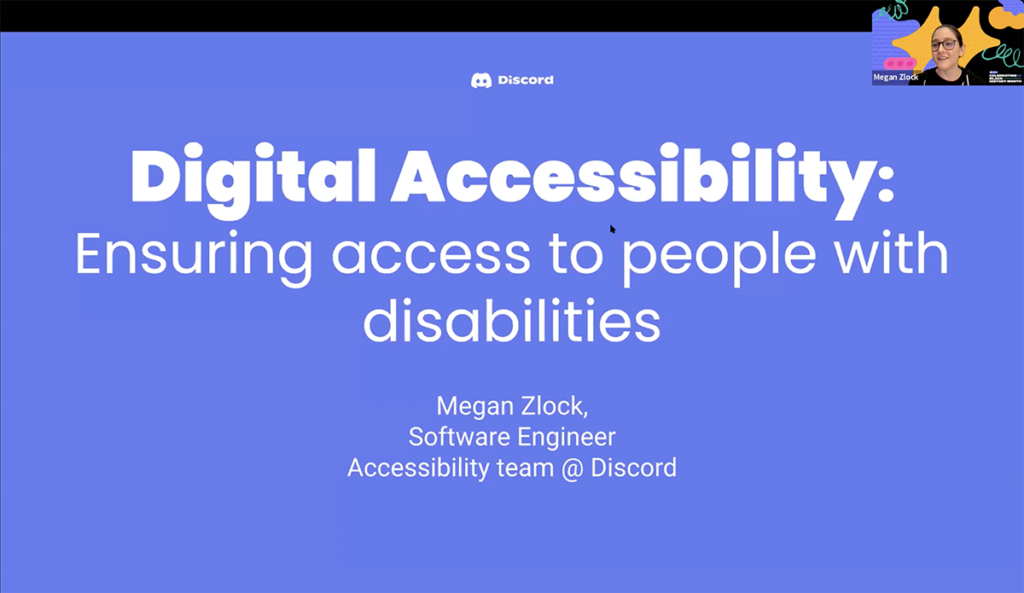
Megan Zlock: I’m a software engineer on the accessibility team at Discord. I’ve been at Discord for about out 6, 7 months, but I have about 10 years experience as a front-end and full-stack developer. So yeah, new to Discord, but not new to the game. And today, I wanted to talk about digital accessibility a little bit.
Megan Zlock: Before I get started, I want to mention, I know I’m talking to an audience of lots of folks, so this may not be new to a lot of you, but when I talk about accessibility, I tend to start from the beginning. It’s hit or miss. There are definitely tons of veterans out there who know all about this stuff. And then you have folks who haven’t really dove into it yet for one reason or another, so I start at the beginning. But hopefully I’ll have some resources towards the end that’ll be helpful for everybody.
Megan Zlock: Let’s talk about digital accessibility. What is it, what does it mean for engineers, and where do you start? I like to pull this quote… It’s just from Wikipedia, but I do like this particular quote, “Accessibility is the inclusive practice of ensuring there are no barriers that prevent interaction with or access to websites on the worldwide web, by people with physical disabilities, situational disabilities, and socioeconomic restrictions on bandwidth and speed.”
Megan Zlock: While that last particular point I do find incredibly interesting, I mostly focus on my job on folks who have physical or situational disabilities. That’s what we’re talking about today. How do we make our websites accessible for folks who may interact with your site in a little bit of a different way than other folks?
Megan Zlock: I also like this quote from Microsoft. They’ve got some really good documentation on inclusive design. So designing inclusively doesn’t mean you’re making one thing for all people. You’re designing a diversity of ways for everyone to participate in an experience with a sense of belonging, and we love that word belonging at Discord.
Megan Zlock: Basically, in practice, when you build for accessibility, it’s really interesting how a lot of folks get caught up on like, “Oh, I have to make one thing that works for everybody.” But really, when you get into the nitty-gritty of how to do certain new things, you really have to build in a couple of different ways of doing things, whether somebody’s using a keyboard or a mouse or a screen reader or something else. It’s really interesting when you start diving in and really connecting all of those experiences.
Megan Zlock: Why does accessibility matter? The first one I always bring up, as my Captain Obvious reason is, it’s just the right thing to do. Inclusivity is important. We want everybody to be able to use Discord. So why not? But if you need further convincing, it’s also our mission.
Megan Zlock: At Discord, we love to say that we create a world where everyone belongs. We love that word belonging. So it’s just part of our mission. We want to make sure that everybody, regardless of their physical abilities, can take part in communities on Discord. And then also, it’s the law.
Megan Zlock: If there was no other reason, there’s also that one. Especially as an international application… Lots of folks all over the world use it… we need to make sure that we’re passing and following all the criteria that we need to follow for disability law. To dive into that a little bit further, typically for engineers, that means complying with the WCAG. That is the Web Content Accessibility Guidelines.
Megan Zlock: And just to go over that a little bit in my lightning talk, I don’t have much time, but basically WCAG conformance falls into three levels, A, AA, and AA. And this is an additive process. Any rules in A are also in AA and are also in AAA. Typically, conformance means complying with A. The AAA rules are very specific. They can be very specific to certain audiences. You may want to do some UX, see who you have using the site.
Megan Zlock: There’s one rule that says you can’t use jargon, but then that doesn’t work out so well when you’re doing like a medical site. So yeah, you have to pick and choose your AAA rules. In a lot of instances, it’d be very difficult to comply with all of them. And if you want to get started with WCAG, I really think the best place to start is the W3C. They have this really good quick reference guide, where you can do some filters. You can see what’s in A, AA, AAA, as well as a little bit of filtering based off of your particular role.
Megan Zlock: Just to keep going with that. So what goes into accessible product engineering? There is a complying with WCAG, but WCAG only gets you so far. When you start working in accessibility, knowing the fundamentals is really important, having really good HTML and CSS to start with sets you with a really good baseline, if you’re building a website.
Megan Zlock: Of course, if you’re doing React data or any kind of web app, you’ll want to be using the right components or views or accessibility attributes on those as well. And then you want to build on top of good HTML with Aria. If you’re not familiar with Aria, that stands for Accessible Rich Internet Applications. That’s basically extra attributes added to HTML to imply states or extra labels or extra accessibility information in hints. And it works just like HTML attributes, but it’s an added layer that works well with JavaScript.
Megan Zlock: And then, lastly, testing, testing, testing. I cannot advocate enough for testing, whether you’re trying out a screen reader yourself or just doing some keyboard testing, I would especially recommend doing some level of user testing.
Megan Zlock: I, as an accessibility engineer, am a fairly abled-bodied person. It’s really hard for me to know if I am building the right thing for somebody who natively uses these assistive technologies. So luckily, at Discord, we do have a bunch of volunteers who work with us and can user test with us.
Megan Zlock: And it’s an amazing resource to make sure that the stuff that we ship works how we intend it to. But yeah, just another note on the organizational level, it’s helpful to think of accessibility like performance or security. It’s an ever-present piece of maintenance that you have to do. It’s never done. You don’t just conform once and you’re done. It’s going to be something you’re going to be working on for a long time.
Megan Zlock: Accessibility at Discord, what does my job look like? A lot of it is bug fixes. I am an engineer on the team. A lot of the times I’m adding labels that were missed or reconfiguring some Aria attributes, things like that. Working on the design system, the accessibility team is really, really close with our design system team so that we can make sure that our primitives, or little components that we use everywhere, are very accessible.
Megan Zlock: We’re working on writing some automated testing to catch bugs so that it’s not just us working on accessibility at Discord. People can catch any violations as they’re working and take care of it for us. And then also we do some internal engineering training. My job isn’t just code. I’m also teaching engineers how they can work within our system.
Megan Zlock: Last off, this is a lightning talk. I only have 10 minutes. I wanted to leave you all with some tools so that you can dive in and learn your way around accessibility. And I really think the best thing that you could do is try out some of the testing things.
Start Testing in Design – Useful Links:Testing Libraries – Useful Links:
- Able – Figma
- Stark – Figma, Sketch
- Color Safe – create accessible color palettes
- Contrast Checker – check color contrast
- Color Oracle (Mac) – test your palettes for color blind users
- Microsoft’s Inclusive Design 📒*
- A Web for Everyone 📗*
- Reference Inclusive Components
- Try using keyboard-only -tips from WebAIM
- axe DevTools Chrome extension
- WAVE Chrome, Firefox, Edge extension
- Accessibility Mode in Flipper
Megan Zlock: First off, start in design. To give some of the designers who may be present some resources, there’s the Able plugin for Figma. There’s the Stark plugin, which is available for Figma and Sketch, if you don’t use Figma. Color Safe is kind of an interesting tool that I ran into a while back for creating accessible color schemes. There’s Contrast Checker. It’s not a very pretty site, but it’s a nice way to see if your color contrast passes. Is white text on this blue background going to have enough contrast to meet the WCAG standard?
Megan Zlock: There’s also Color Oracle. This is a Mac-only application that I use occasionally that you can turn on, and it changes the colors on your screen so you can get an approximation of somebody with some form of color blindness might see. And then for an additional reading that I don’t have time to go into, Microsoft’s Inclusive Design is great. I really recommend it. And for longer-form reading, A Web for Everyone is a book. It’s got great personas and everything in it.
Megan Zlock: As you code, I recommend checking out Inclusive Components. I go back to it so often, especially for their recommendations on how to build a good card component. And then I really do recommend, while you code, to test with keyboard. Try that out as you’re building. It’s so easy to just hit the tab button and try it out.
Megan Zlock: There’s some tips for keyboard accessibility. There’s the accessibility inspector in Chrome dev tools, idev in Chrome. That’s right there ready to go. If you want to add things on to Chrome, you can add axe DevTools. It can be a paid product, but the free one does allow you to scan your page for any violations. You can get a get around with a free version. If you’re not using Chrome, I do also like the Wave extension. It does mess up your page a little bit when you run it, but you can find all the violations. And then if you’re working more in the app space, there’s the accessibility inspector built right into X Code. You can just turn it on now. And then Flipper is also kind of a nice one. I haven’t used that one much, but we do use that one at Discord.
Megan Zlock And then finally validate. A few things that we do, some testing libraries that I recommend axe-core, especially if you’re using axe DevTools, it’s nice to test with the same thing both manually and in your testing suite. And then I added a couple of other NPM modules that we use as well to check if things have accessible names and things.
Megan Zlock: And then, lastly, for manual testing, this is just a list of tips from WebAIM or from Deque. You’ll see a lot… or actually, I think their names pronounced Deque. Anyway, they’re a big accessibility presence. So a lot of these links have their resources on how to do gestures and all of that. If you’re new to screen reader testing, I kind of recommend starting out with a touch screen, because then you, as a sighted person, can see what you’re touching and hear what it says, but just to start out.
Megan Zlock: And with that, I think I will wrap it up. I like to start here. If you’re new to accessibility, it’s never too early or too late to start. It’s never too early because you’ll always save yourself some work later. And it’s never too late either. If you’re just picking this up…
Megan Zlock: I picked this up like six, seven years ago and it’s been a learning process throughout. You learn so much just diving into it and really just testing and trying to make it work.
Megan Zlock: Anyway, that’s what I’m going to leave it on. I don’t know if I quite have time for questions, but I’ll turn off screen share here and see if we do. Let’s see, chat was going pretty quick, so I wasn’t quite able to follow, but let’s see.
Megan Zlock: Okay. I see one question from the audience. “How often do you work with product designers/UI/UX designers to ensure designs are accessible?” The accessibility team has three engineers, including myself, and we do have one designer who helps us out with that. And that’s if you just count our dedicated designer.
Megan Zlock: Since we work so closely with the design systems team, we technically have access to those folk too, because the design system should be accessible to start with. Of course, they make sure that our color contrast passes all of the standards and things like that. And there’s some work to be done if you go and check there, but we’ve got a really good team on it.
Megan Zlock: Let’s see, so someone else asked, “How do you test for people who are deaf or have no limbs?” I’ll start with the no limbs. There are a lot of accessibility devices out there, and for someone’s who’s paralyzed or has no limbs, there’s single switch buttons, there’s head WANs, there’s eye-tracking software, things like that.
Megan Zlock: For the most part, all of that technology leads back to keyboard accessibility, and eye tracking’s going to be like a mouse. If you are making sure that your application or website is accessible for keyboard, you are covering a lot of folks, so that one is really important. And then for Dev, that one’s a little bit harder. I would just say, as long as as much of your website is text as possible…
Megan Zlock: Media should always have a text alternative and stuff like that. As long as there is some text equivalent, everybody can interact with your content somehow, whether it’s like read back to them or visible to be read and all of that stuff. Anyway, I should probably hand it off since we are doing lightning talks. I’m on the east cost, so sorry if I don’t join you all for social time later, but I will kick it over to Kelsey for the next lightning talk.
Kelsey Shuler: All right, there, looks like I am up now. Let’s see, I will go ahead and share my screen now. And let’s see, can you all see this okay? Actually, I can’t even see chat anymore. Okay. There we go. Cool. All right. So hi, everyone.

Kelsey Shuler: My name is Kelsey, my pronouns are she/her, and I manage the site reliability engineering team here at Discord. My team is responsible for defending the customer experience, while making sure that we don’t just throw people at the problem. We want to make sure that we’re not sacrificing our engineers to get that done.
Kelsey Shuler: Who am I to talk to you about this? I’ve spent many years as an SRE. I’ve managed teams of SRE for several years after that. And I’ve definitely caused my own share of outages. In addition, I’ve mentored other people as they’ve gone through their first outage. For better or for worse, making mistakes is something I’m used to doing.
Kelsey Shuler: I would like to share with you a story for my very first and worst outage. A few months into my time as an SRE, I was working on a Friday during my company all-hands to upgrade the operating system on some of our servers.
Kelsey Shuler: At the time, this was a manual process. It required running a handful of commands by hand, but as all-hands is going, I see real key engineers get up and leave the room. I think, “Huh, that’s kind of weird, wonder what’s going on.”
Kelsey Shuler: But eventually, I also receive a page that goes to the entire on-call rotation that things are very, very broken. I’ve heard from people after the fact that it was maybe a little bit alarming to see the entire infrastructure team stand up and leave all-hands all at the same time.
Kelsey Shuler: Essentially, what ended up happening is I ran a command that ended up wiping a large number of live production databases, because I just dropped some quotation marks from the command. This ended up leading to a large outage that brought down different parts of the company for four days, led to 20 people working around the clock through the weekend. It was a substantial problem.
Kelsey Shuler: To add even more color to the degree to which things were broken, for years after this happened, this was one of only two incidents that my company continued to talk about. It was part of the new employee onboarding. We used to explain how we handled these sort of situations and was only one of two incidents that we actually gave special names to. This one was called The Last Outage or TLO.
Kelsey Shuler: Not only that, but of course on the anniversary of my outage, we decided to have a whole event for this, called it Trustworthiness Week. People got special stickers to put on their laptops. For years after that, I got to see stickers of my big mistake. And we had lots of conference rooms that actually ended up being named because of this outage.
Kelsey Shuler: Hopefully, I’ve given you an idea of what my credentials are. I’ll go back to the incident itself. As I mentioned, we paged everyone because our site is down. Everyone’s scrambling to try to figure out what’s going on, and I’m mostly just off to the side. I’m very junior at this point, and I’m just waiting around the off chance I can be helpful, but then I had my oh-no moment.
Kelsey Shuler: Someone mentioned something that sounded suspiciously close to something I’ve been doing during all-hands. My stomach had that big, heavy, awful feeling, and I just felt like I knew that somehow I must have done something wrong.
Kelsey Shuler: At this point though, I got one of the more senior SREs, told him that I felt like this might be related to some work I had been doing, and walked him through what I had been doing. He was able to grab other people. They were able to confirm that this was the root cause of what had happened.
Kelsey Shuler: And we used this, actually, work to help recover the site. For my particular [inaudible], It was really important that I worked to get the right people informed, I helped spread knowledge, and get that extra help.
Kelsey Shuler: The next day, I think, is something that you don’t necessarily think about or expect is how hard it is to go back to your job after a large mistake. For me, coming in that Monday was so difficult. I had an entire weekend of just thinking about how things were so broken, how there’s an entire team of people who had their weekends ruined, and everything was my fault. I felt like there was no way they weren’t going to fire me.
Kelsey Shuler: Even if they didn’t fire me, I didn’t know how I was going to keep doing my job, where it was dangerous and I could just drop quotation marks and everything would be broken again and then, of course, they would fire me. When I got in though, I had great people around me giving me the same advice. “It’s okay. This happens to everyone who works in our field. We shouldn’t have allowed the tools to allow someone to wipe the databases. Our backups should have been in a better place to recover faster, but most importantly, we don’t blame you.”
Kelsey Shuler: When it’s your turn, take these things to heart. Come in, but give yourself space and time to get back to normal. Find work to you that feels like it’s safe to be able to tackle.
Kelsey Shuler: Moving forward, for this section, I think it’s really important to talk about things that could be done by the company and by the individual. While an individual could take action that leads to something going wrong, ultimately, it’s the group that’s responsible for what happened.
Kelsey Shuler: Here at Discord, we make sure to adopt a blameless post-mortem process when something goes wrong. We shouldn’t be pointing fingers, but instead, every time that some major mistake happens, we should be learning from it. At every turn, we ask ourselves “What changes can prevent something like this from happening again?”
Kelsey Shuler: But this is only something we can do if people are safe enough to be able to be honest about what occurred. We don’t want people hiding or trying to avoid detection because they’re afraid.
Kelsey Shuler: As a leader here, I’m also that person to make sure that this can happen. I make sure that I help people bounce back from their own mistakes. I work to make sure that they feel understood and they’re not alone as they’re going through something like this.
Kelsey Shuler: For my part of the talk, I’ll leave you with one piece of advice. For you individually, though, be patient with yourself. Find out how you can learn and grow from your mistake and then come back better than ever.
Kelsey Shuler: With this, I have a couple of minutes left. I would love to actually have you all talk about your mistakes. Throw it in the chat, if you’re comfortable. I don’t know if we’re able to have you all come up and share, but I think that would be really amazing if anyone was willing to speak to a mistake that you’ve made. Let everyone know that it’s something that happens to everyone. If we can’t facilitate that, cool, but I think share this.
Kelsey Shuler: I think it’s really good for us to feel comfortable owning the fact that we’re going to make mistakes and we all do it. But yeah, that’s my talk. I’ll go ahead and call it here then. And I will go ahead and hand things over to Natalie to talk about product marketing.
Natalie Grant: Okay, can you guys hear me? Oops. Lost the window here, one second. Okay. Trying this again. How’s that? Can you hear and see me? Okay, great. Thank you for the people who said yes. I was kidding, chat. All right. Awesome. Hi everybody. I’m Natalie Grant. My pronouns are she/her. And I am a, oops. Hang on. Can’t see my screen. Okay, one second. There we go. Go. All right. I got it. Thanks everyone. Okay, I’m going to try sharing my screen one more time. Here we go. Okay. Got it. All righty. Thank you. Such a supportive chat. Thank you guys. Okay, so I’ll start over again.

Natalie Grant: Hi everyone. My name’s Natalie Grant, and I’m a product marketing manager for Discord developers. Those are the people who build apps and bots on Discord using our API. And today, oh no. Are people still having trouble? Okay. Some people can see, some people can’t, I’m not sure why. Okay. I’m going to keep going. But if someone wants to let me know a tip here, I can adjust. Okay. Yeah.
Natalie Grant: I’m a product marketing manager for Discord developers, those are the folks who build apps and bots on discord using our API. And today, I’m going to talk a little bit about what product marketing is and why I love it and how to approach technical storytelling.
Natalie Grant: In a nutshell, you have a product organization with someone who’s managing the product, and you have a marketing organization with lots of subject matter expertise. I’m going to give a quick caveat, lots of companies are different. I’m going to share a high level example of how you can think about it based on my experience. You’ve got a PM and you’ve got lots of subject matter experts who specialize in specific things. And what product marketing is… Oh, good. Someone’s interested in this role. Love to hear it.
Natalie Grant: What a product marketing manager does is connect these groups. Partnering really closely with product to identify the right people who are going to enjoy that product the most. We call that a target audience. And then, you work with the whole marketing organization to make sure that all of those subject matter experts can help you reach those people, which is what they do best.
Natalie Grant: In addition to working out what a target audience would be for that product, some other big things you’d work on are positioning, writing messaging, sometimes the name and the price of something. You get really close to customer feedback. Running qualitative and quantitative research, and just generally being the source of truth for that narrative about the product.
Natalie Grant: A PM and a PMM are really close partners. And a lot of the skills are very similar. Some companies don’t have both, and I’ll come back to that in a second. But first, I wanted to dive a little bit more into what a PMM does, because there’s a lot of acronyms and a lot of buzzwords. I’m going to use metaphors because we all love a good metaphor.
Natalie Grant: The first one is a center of gravity. Subject matter experts that you work with in a marketing organization and all of your cross-functional partners, they work on a ton of products. When you’re the PMM, it’s your responsibility to sort of bring them back continually to a source of truth about what the benefit of the product is and who the target audience is and represent that every single day.
Natalie Grant: And the other thing you want to do is, this is a metaphor that a mentor of mine used many years ago, and it might be my favorite because I still use it all the time, is I think about it like an orchestra. Your marketing partners are all the best at that instrument and they specialize in specific channels. For example, social media marketing, or email marketing or web marketing, PR and comms. And as a PMM, you need to make sure that they’re all in sync together. You need to make sure they’re using the same songbook and you need to make sure that things sound good for all the people who are listening.
Natalie Grant: I kind of think about it like being a conductor of an orchestra and really listening to what needs to happen and make sure everyone’s working together really well. You need to connect a lot of dots. Things like policy and legal and customer support. You obviously need to be really good at communicating, but specifically, you need to work on interpreting different technical information to who you’re talking to, depending on what it is they need to know. And then kind of clear everything else out of the way for them, because people need to know very specific things to do their job, but they don’t need to know everything.
Natalie Grant: Part of communicating with them is interpreting the most important information that they can bring your message out to all of your users. And then this was a bit of a spoiler because it was the title of my talk, but storytelling is very important, too.
Natalie Grant: You need to paint a picture. It’s not just what something is called or how much it costs or when it’s available, it’s really more about why they should care, why it will or won’t make their life better. Will it save them time, will it make them laugh? And there’s internal storytelling as well, pitching ideas and making those ideas resonate with people.
Natalie Grant: And actually before I was a PMM, I was a writer. That’s actually my background. Storytelling is my favorite part of the job. And so, I’m really lucky that I get to do it every day. And then the last one, which is kind of funny, but it’s true is a little bit of matchmaking. You have users who have a bunch of unmet needs and you have really talented engineers that can build all sorts of solutions.
Natalie Grant: When you’re working with technology, a lot of it truly is just matchmaking. Problems and solutions, people, and the solutions that will meet those needs. And so that’s a really fun part of the job as well. I’m rattling off a lot of skills, I do just want to kind of call out one thing, which is hard skills and soft skills are equally important.
Natalie Grant: If you have a hard skill like knowing SQL or getting certified in an analytics tool, or if you have an MBA or you can do strategic planning, you might also have soft skills like influencing and being curious and learning quickly or having executive presence so that you can represent your side of the business well when you’re talking to other teams. If you’re really strong on hard skills, but you don’t have a lot of soft skills, you can do really great work, but it’s harder for people to see it and appreciate it.
Natalie Grant: If you have soft skills without a lot of hard skills, people love you, but you aren’t adding as much value or driving impact. And as a PMM for many years, I really feel this equally, they are equally important and it is a continual practice to build them. And if you’re someone who is curious and likes learning new things, PMM-ing is definitely a great job for you because personally, I feel like almost every week, I’m learning a new skill or practicing a skill that I haven’t used in a long time.
Natalie Grant: If that sounds enjoyable to you, which it is for me, then definitely consider PMM-ing as a career.
Natalie Grant: Going back to these metaphors, I wanted to kind of emphasize some things to keep in mind about when you’re playing this role with all of your internal partners. In order to be the center of gravity, to maintain that source of truth for everybody you’re working with, you need to stay curious and you also need to be comfortable not fully understanding all the technology every day.
Natalie Grant: You kind of need to get to the heart of it, get to the benefit of it, and be able to assess risk mitigation, but you don’t necessarily need to program it or understand all the complexities involved. And that can sometimes be a delicate dance to do with yourself when it comes to confidence and learning things quickly. It’s a continual practice. You also need to be really good at listening and influencing and syncing people up.
Natalie Grant: Sometimes we call this driving alignment. It’s kind of a buzzword-y thing, but it’s true. You need to spot patterns and solutions when you’re talking to multiple people. You might start to hear themes pop out. And so, if you’re able to recognize an ongoing challenge that multiple people are flagging to you, you can then go back to your product team and see if you can build a solution to address all of those at once.
Natalie Grant: Getting comfortable, thriving and ambiguity, as they say. And then, I did mention research, qualitative and quantitative research when you’re getting to know your customer, your target audience. It sounds kind of obvious, but you need to care about people.
Natalie Grant: You need to empathize with people, especially if you aren’t personally in that target audience. And that’s something that I like calling out because I think it’s easy to forget that at the end of the day, when you are a PMM, the power of empathy, the power of putting yourself in someone’s shoes.
Natalie Grant: This was talked about a little bit in the accessibility lightning talk as well, is a really, really important thing to maintain. If you care about people and you like hearing what their needs are, again, might be a good candidate for a PMM. I wanted to bring it back to this image here and end with a little bit of advice for people who are thinking of interviewing for a PMM role or thinking about being a PM or PMM, which not all kind companies have both. I mentioned this earlier. It’s really awesome when they do.
Natalie Grant: I love it when they do, Discord does, but some questions to think through when you’re interviewing for a PMM role.
Natalie Grant: INumber one, ask about the company’s philosophy on product marketing, because companies are different. Some marketing teams are very brand focused, some companies are very and driven, and a PMM being that center of gravity really needs to have a robust understanding of how to be successful in that company. Definitely ask about that, directly, I would recommend.
Natalie Grant: And number two, pay attention to your PM partner when you’re interviewing, because you’ll probably be working with them every single day. And I’m super lucky, we have fantastic PMs at Discord and I love working with every single one of them. And I actually knew that from my first interview because it was something I was specifically looking for.
Natalie Grant: And then the third thing is, like I mentioned, you got to be comfortable with ambiguity. Nothing is ever constant. Things are going to change. Companies grow, people come and go. The world is also unpredictable. You just kind of have to be flexible and jump in and just kind of always think of it with a curiosity mindset and an openness. Personally, I have been in situations at past companies where I didn’t have a PM at all. And I had to step into many aspects of that role until we got someone in place, which brings me to my final point, which is…
Natalie Grant: Many skills overlap, especially the research, communication and influencing part. It’s not uncommon for PMMS to move into product management and vice versa. And at Discord, actually last year, one of our PMMS moved into a PM role.
Natalie Grant: Becoming a PMM opens up a lot of doors for you because you get exposure to all sorts of roles and functions. And this works with the subject matter experts as well. I’ve had friends that started as a more generalist and then worked with all these subject matter experts, the people playing all those instruments, the best at what they do, and were just drawn to one of them. I really just love this person who does paid media or PR.
Natalie Grant: And because you work with all those people, you can kind of see the benefits of being in that position and then you can make a career condition. And I also have a good friend who went the other way. I knew someone who was a social media marketer, worked with me as her PMM and then said, this looks really interesting. And she became a PMM eventually as her career track. It does happen.
Natalie Grant: You get a lot of great exposure being in this role. And I just kind of wanted to emphasize that if you’re curious and you like learning new things and you’re comfortable working with technology and explaining technology to people and telling stories, then you’re a prime candidate to be a PMM. I hope that was helpful.
Natalie Grant: And maybe someone watching just got convinced that this might be a good part of their career. If that’s you and you’re listening, go do it. I wish you all the fun and fulfillment and adventure. I think I’m going to hand it off to Nancy next.
Nancy Liu: Hello. Can you guys see me and hear me? Awesome. Yeah. Thank you so much. This is Nancy and I feel really, really excited to be here and meet with you in this event. And also, thank you so much in advance for your time with me today.
Nancy Liu: Just to share a little bit more about myself, I joined Discord about five months ago and I’m a data science manager supporting the marketing data science team. For today’s topic, I will talk about marketing incrementality test. Let me quickly share screen. Can you see my screen well? Okay, awesome. I understand this topic could be a little bit too technical, so I will try to provide as much context as possible and also speak from high level, hopefully to make it easy to understand for everyone here.
Nancy Liu: Before getting started, I want to briefly share my opinion on how I think data science team can add value to marketing in general. I think, Natalie just gave us a really great talk about product marketing, which really resonated with me really well.
Nancy Liu: And I feel really excited about what our marketing team is doing and how data science team can support marketing as well. In my opinion, I think data science can help marketing from many different areas, especially in two areas.
Nancy Liu: One is targeting, one is environment. Targeting means who we should target with our marketing programs. For example, which users should receive our marketing notification or which countries should receive our marketing campaigns. Environment means how do we qualify the impact from our marketing programs? The marketing incrementality test, which we are going to talk about today, is about environment piece, the second piece.
Nancy Liu: I will first talk about the marketing incrementality task in general. Then I will share a real example about how we measure brand marketing using geo test. Give me a second. Let me try to find my slides. I can only see the screen share for now. Yeah, here we go.
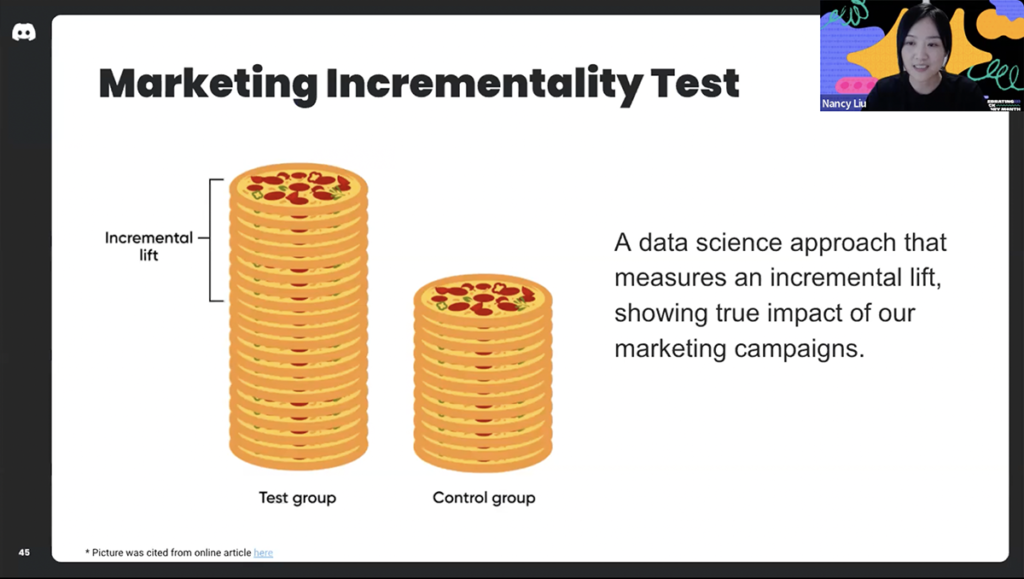
Nancy Liu: First, let me explain what is a marketing incrementality test. This is basically a data science approach that measure incremental lifts to show the true impact of our marketing campaign. You basically have test group and a control group. You can spend your marketing dollars or marketing efforts at a test group while do not spend your marketing dollars or marketing efforts as a control group. You measure the difference between the two in the end. This is called incrementality test.
Nancy Liu: Why is incrementality test important? First of all, it tells us how effective the marketing efforts is. It can also help us understand whether our marketing return is worth a marketing investment, which can help us to optimize the allocation of marketing dollars and marketing budgets. Oh, you cannot see the share screen. Is that a problem for everyone?
Nancy Liu: Oh, awesome. Thank you. There are two general approach or methods we can do to measure incrementality. The first method is called A/B test. Second one is geo test. I just want to highlight that A/B test and the geo test, they are not really alternatives to each other because they’re actually applied in different scenarios or different situations.
Nancy Liu: Let’s talk about each of the methods one by one. First A/B test. I’m sure a lot of people might already be familiar with A/B test. Basically, you define a group of users as the audience. For example, if you work for social media company, the group of users you define could be all the daily active users in US and Canada. And then you can randomly place the users into test group and control group and spend marketing efforts or dollars in the test group. In the end, you compare the difference between the test group and the control group. And that gives you the incrementality.
Nancy Liu: Second, let’s talk about the geo test, which is shown on the right side of the slide. Unlike A/B test, geo test is now looking at individual user behavior. Instead, it’s looking at each geolocation to define test and control. For example, test group could have 5G locations and the control group could have another 5G locations.
Nancy Liu: If we compare the difference between A/B test versus geo test, the biggest differences are that first of all, geo test is not really reliant on the ability to track individual user behavior. And Discord does care a lot about user privacy.
Nancy Liu: On the other side, there are only so many geo locations we can test with. According to news and definition, there are only 210 DMAs, which means designated market areas in US. 210 is really a very small simple size. And what comes with that is there’s always some natural differences between two geo locations.
Nancy Liu: The challenge of geo test is that because of the limited number of geos, geo test actually lose a lot of statistical power to reach stats significance, and cannot really control external factors very well. It’s really hard to say there is a perfect apple to apple comparison between test group and control group. Not as a challenge for geo test. However, given this challenges, there are still several scenarios we have to use geo test and cannot really apply A/B test.
Nancy Liu: The first scenario is that, for example, you want to test your SEM budget. SEM means search engine marketing, which means you increase the visibility of your company in search engine results page, primarily through paid ads, for example, on Google. Because we cannot really control who will search on Google and who will be exposed to search engine marketing, so we cannot really apply A/B task at user level very well.
Nancy Liu: The second scenario that we cannot really apply A/B test very well is about doing a test in non digital world. For example, you set up an ads on TV, or you set up a billboard in a train station. You cannot control which users will see the billboard in train station, right? That’s why you can not really do A/B test very easily at user level.
Nancy Liu: And in these two scenarios, we should consider geo testing instead of A/B test at user level. How do we do the geo test considering the challenge we mentioned earlier? In order to address challenges in practice, what we already do is call a match market test. In a match market test, we carefully select and match the geolocations based on their similarities to form pairs of regions.
Nancy Liu: For example, in a slide here, you can see that there were two orange pairs and two gray pairs. You randomly select one region in orange pair to control group and the other one in test group. And also you select one region in gray pairs into test group, while the other one should go to the control group. And your launch share marketing budget to the test group, and then reserve your marketing budget in the control group. After a while, you’ll compare the difference. For example, new user registration between test and control to conclude your incrementality.
Nancy Liu: We have talked about both A/B tests and the geo test. Now let’s switch the gear a little bit and talk about a real example of how we can measure brand marketing impact using geo test. This is also my last two slides for today.
Nancy Liu: Brand marketing is an upper funnel of marketing, which tends to focus more brand awareness. It’s unlike performance marketing, which is on the bottom funnel marketing and has direct impact on registration. Brand marketing does not really have very direct impact on KPIs, therefore it’s more difficult to measure the impact compared to performance marketing. In order to measure the impact of brand marketing, we do geo tests, use the match market test.
Nancy Liu: For example, we first select a few pairs of geo regions and assigned some to test and some to control. And then we spend the brand marketing dollars to test group only, while reserve the brand marketing dollars in control group. The statistical method we use is called BSTS or business structural time series. The series, not very difficult to understand. It’s just to predict what registrations will look like for the test group without brand marketing. I think Google created a very useful package, our package called causal impact. I also linked it here in case there is any interest to take a look into this for more research.
Nancy Liu: After doing the causal impact analysis with BSTS, you can just compare the counterfactual prediction, which means what registration will look like without brand marketing versus the actual performance on new user registration. The difference between a counterfactual prediction and actual will be the causal impact from brand marketing. That’s basically what I want to talk about for our marketing incrementality test.
Nancy Liu: Thank you so much for listening. Hopefully that’s easy to understand, even for the audience who is not that close to a marketing or data science world. Thank you so much. With that, I will hand it over to Jire.
Jire Bademosi: Thank you so much, Nancy. And thank you all for being here and getting to learn a little bit from some of the leaders at our company. I think we’ve talked about data science with Nancy, we talked about product marketing with Natalie, we talked about making mistakes with Kelsey, and we also talked about accessibility with Megan. And I’m curious, just in the chat, what are folks learning? What are folks feeling? How are we doing? Let’s see, oh, I hear from Felicia that has been wonderful. S
Jire Bademosi: hout out to everyone thus far, but I want to also introduce you to some more amazing leaders at the company. We’ve been so honored to see so many wonderful questions, comments, folks reaching out even on LinkedIn and sharing how this event has been really impactful for you. May want to continue that with this next portion of the event.
Jire Bademosi: I want you to help me welcome with a virtual hello and a virtual warm welcome to Evelyn Masso, as well as Mindy Day. I think Chloe as well will be joining us momentarily, but at least let us welcome a few folks for now. Hello, hello. Oh, there it goes, Chloe. Okay. Now we have a trio.
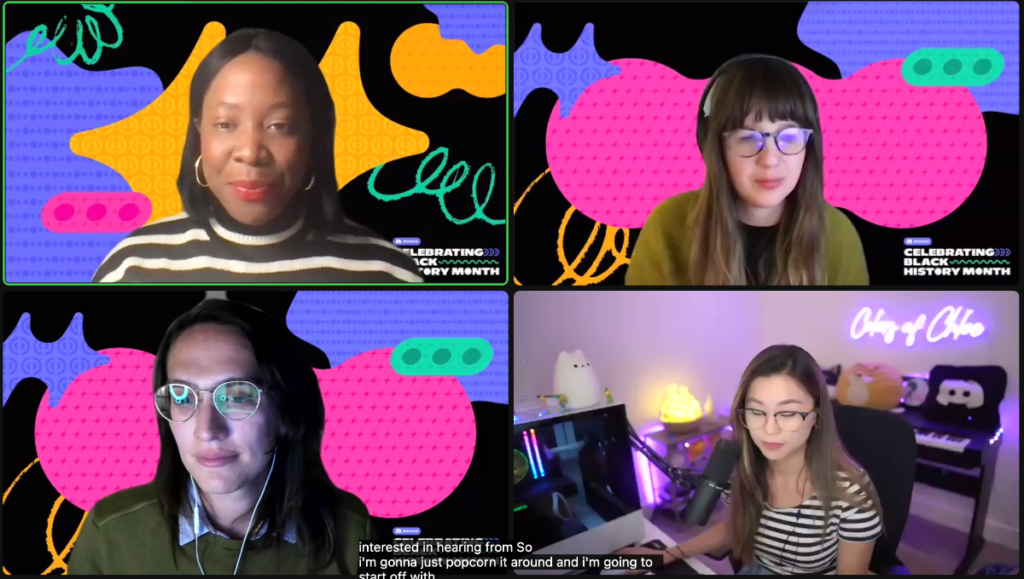
Mindy Day: Hello.
Jire Bademosi: All right. Y’all have seen me, kind of gotten to meet me before, but I feel it would be nice to meet some more folks from the Discord team. Maybe what we can do is just quickly start off with just our name, the team that folks are on. And then we really want to use this time to really benefit y’all and hear the questions that you are interested in hearing from. I’m going to just popcorn it around and I’m going to start off with Evelyn.
Evelyn Masso: Hey everyone. My name’s Evelyn, excited to be here. I’m the engineering manager for presentation frameworks. And my pronouns are she, they, and I think I forgot the last thing I was supposed to say or was that it actually?
Jire Bademosi: Well, you shared a little bit about your work so that’s good.
Evelyn Masso: Yeah. I’m the engineering manager for presentation framework, which includes the accessibility team, the design systems team and the foundation and performance team. Lots of UI infrastructure stuff is the part of the area that I work with.
Jire Bademosi: Amazing.
Evelyn Masso: I will go ahead and pass to Mindy.
Jire Bademosi: Awesome.
Mindy Day: Hello. Can you hear me? Test, test. Yes. Okay. Hi everyone. My name’s Mindy. I use she/her pronouns and I am the senior manager of community at Discord, which is on the marketing team. We really focus on surprising and delighting the discord community as well as creating programs for specific segments of our community like our partner program. And I’m excited to be here. Yay.
Jire Bademosi: Amazing. And Chloe, share a little bit about you.
Chloe Shih: Hey, y’all.
Jire Bademosi: I think we’re kind of matching, by the way. I’m noticing Chloe and I are matching, Evelyn and Mindy are matching. Totally uncoordinated, but coordinated at the same time. I love it. Okay. Sorry. Go ahead, Chloe.
Chloe Shih: No, not at all. I am a sub, so I’m a last minute addition to this panel. I feel I’m not ready with the cool backgrounds, but hi everyone. I’m Chloe, I’m a product manager on the community’s engagement team. We’re working on making Discord the home for your community and we are coming up with all kinds of features to make it easy for people to interact with each other and gather online. A few things we on are events and stages.
Chloe Shih: And if you have seen on my LinkedIn, I’ve posted about some new form type features that we’re testing out. It’s just really neat. Yeah, that’s my team.
Jire Bademosi: Amazing, amazing. Wonderful. Well, I think we have quite a few questions that have already come in, but I want to start with one that I think might allow us to learn a little bit more about the teams that we are part of and follows on the initial conversation that I had with Beena, where she talked a little bit about the people first mentality around how Discord treats both its employees and the environment that it creates.
Jire Bademosi: And this question from Karen asked how does Discord also create collaborative environments? We are a people first company, but really how do we create that collaboration?
Mindy Day: I could start. I think there’s kind of two types of collaboration that comes to mind. There’s collaboration within the immediate team. And so, making sure when we’re going to kick off new work or we get direction about a new area that we want to go, that everyone on the team has a chance to get informed about this work, and we give everyone, no matter your role, a chance to give feedback, brainstorm, because we know that good ideas can and often come from all across the business.
Mindy Day: Then the other part of collaboration that we do is cross-functionally. So not just even within our own community team but making sure that we collaborate with friends across the business and they get looped in with plenty of time to make sure whenever possible, we’re not surprising them with any last minute requests, and they can embed our plans in their plans.
Mindy Day: I think working for Discord and using Discord all day also facilitate that. We’re really casual. We’re always happy to jump into voice chats, to just hash things out with each other. And even though we are working remote, I think Discord really encourages that sort of collaborative environment, which is really fun.
Jire Bademosi: Amazing. Oh, go ahead, Evelyn.
Evelyn Masso: Big plus one on all of that, really. [inaudible] my answer.
Jire Bademosi: Fair enough. Now I’m kind of curious. I know we got straight into what is Discord and the collaboration that happens. But I also am curious just because we have so many folks from different parts of the company. So right now in this conversation, we have, Mindy from the community perspective, we have Chloe from the perspective of product and we have Evelyn from the perspective of engineering and all in different aspects, but all are part of that same unifying factor of what is Discord. And obviously our day to day look totally different.
Jire Bademosi: I’m curious, what is a day in the life of each of you? I know they could be very different but I think the folks want to know. I mean, I also selfishly want to know, but I think the folks as well, that are here would also to know more. Maybe we could start with you Chloe, not to put you on the spot but I am kind of sort of, yeah.
Chloe Shih: Oh man. Wow. It’s been so busy lately but I think right now we are in testing mode to see if this new big bet feature for community is going to work. And I think every morning I come into an inbox of a bunch of DMs from admins, community creators, and I try to get their feedback on what they want to see. I know that the world is moving virtually and we’re building these communities online.
Chloe Shih: We’re connecting online through interests. So how do we make that easy for people and safe and have authentic conversations and get people to connect and do it in a way that’s really natural for everyone? And I think trying to create that is really hard because there’s not a really great way to do that today. And Discord is the default for a lot of communities. So every morning I’m just tackling that question.
Chloe Shih: And then I go to stand-up, I work with all my engineers, I’m a designer. And then we do this thing called bike shedding, where we explore all kinds of different designs, how users might react to it if things don’t look right. Any wild ideas that we want to throw out. We also have couch time, which is unstructured time together to just sit, kind of co-working spaces. We sit together and if anyone has something they want to bring up, they can bring it up during couch time.
Chloe Shih: And then we have tactical meetings throughout the day, with data, with the community team, with Mindy’s team and with design and other leads and engineering. So lots of different meetings just to get to that next step of what do we need to do next? Are we solving the problems for our community members and hopefully have time for hangouts and getting boba with coworkers. Yesterday I had a coworker send me boba and I was like, “I love you.” So yeah, that’s I think the day of my life, yesterday, today combined.
Jire Bademosi: Amazing. That’s pretty awesome. I think that really brings into what the magic of our wompers world of Discord. I’m curious, Chloe, what is your day in the life like snows giving post or pre?
Chloe Shih: Wait, sorry, me?
Jire Bademosi: Mindy. Sorry.
Chloe Shih: Oh, okay. Yeah.
Mindy Day: Yes. I was just looking at my calendar because I was like, what do I do all day? A lot of meetings as well, similar to Chloe spend time meeting one on one with members of my direct reports. One-on-ones with key folks across the company to make sure that we’re staying aligned and we’re on the same path as things do develop very quickly and rapidly. A quick 30 minutes once a month with some people can go a long way and making sure we’re not veering off path.
Mindy Day: Definitely agree with making space for casual collaboration. We have a server where everyone on my team has a voice channel that’s their desk. So like Mindy’s desk. We can say things like, “Oh, meet me at my desk,” but we also have a Boba Guys voice channel. It just kind of makes it feel more fun when we can hang out in those voice channels.
Mindy Day: But yeah, truly a lot of meetings and desperately trying to find unblock off two hour chunks of focus time. Because I think two hours is the minimum amount of time that you need to really deep to then be able to write up strategies, the notion docs, to then hopefully have sources of truth for other people to reference and make sure that we know what the biggest strategy is and the vision.
Mindy Day: I truly love it. I think my career has developed where I’m not spending as much hands on time within the community and more of my focus is on the strategy. So that’s been a shift for me throughout the last couple years.
Jire Bademosi: Very awesome. I might have to take some of these ideas and perhaps bring them into the people talented vibe. I that idea of the desks as well. And next up, Evelyn. I’d love to hear from you a little bit about what you’re up to.
Evelyn Masso: Yeah. I love some of those ideas that I’m hearing too. I’m going to steal some these for sure. So yeah, I mean I’m also a managers, so meetings with one-on-ones usually every day or every couple days a week with folks on my team. All the teams that I work with do stand-ups every day. So there’s a couple stand-ups that kind of kick off my morning usually.
Evelyn Masso: And then since I’m engineering manager, a lot of my work has to do with coordination and project management. And also goal setting and kind of checking in on where we are in reaching those goals with different projects. And that also includes personal goals for people that I’m working with directly as well. One thing I was going to call out is… Yes, I’ve also been working with a larger usual team on a larger than usual project lately.
Evelyn Masso: There’s been a lot of coordination. We have something pretty interesting and exciting happening in a lot of six weeks or so. So there’s just been a lot of… The last couple weeks have been, especially cross-functional I would say, which is really fun. It’s great to have all that energy coming together as we have a project coming towards its completion, its launch.
Jire Bademosi: Very cool. I love the element of anticipation. Everyone heard that little nugget of-
Evelyn Masso: I can’t talk about it for sure. So, sorry.
Jire Bademosi: You can’t talk about it but let’s just keep our eyes peeled for the next six to eight weeks. Some news I guess, will be coming down the pipeline. I have a question specifically for you Mindy from Suzanne Guzman. How are you liking the shift from more community facing to larger strategizing? So more of the leadership role that you’re taking on within your team?
Mindy Day: Thank you for the question. It’s really rewarding. It was definitely a little nerve-wracking because I’d spent… So much of my job satisfaction and joy was getting to help those community members interact with them, build those relationships and hear firsthand the impact of our product on the community. But it was a shift that I had been wanting to make in my career. And a lot of the fulfillment now comes from enabling the members of my team to do that work successfully.
Mindy Day: And the strategy, the work that I’m doing at a higher level now should hopefully be driving a bigger impact for the community. So learning I’m one person, I can never do it all, but if I can shift my focus into build those relationships and securing more resources, we’ll actually be able to have a lot more value for the community. That’s kind of where my passion still drives is serving our community and treating them humans and being playful, but having a bigger picture and a bigger vision about what that could look in the future.
Jire Bademosi: Yeah. I feel there’s a lot of really good nuggets there, especially around moving from an individual contributor to more of a management role and still at the end of the day that core around really putting the users first is such a unique and important lens. And that’s important to recognize as we start to move within different roles within our respective careers.
Jire Bademosi: I know Evelyn not necessarily on the community side, but even on the engineering side, as you’re growing your team a lot even this year, how you’re starting to also think about how to build a team, well also maybe not doing the hands on work that you were doing probably earlier in your career.
Evelyn Masso: Yeah. That’s going to be easier because I’ve been doing management for a minute and I’m not as good as a quarter than I used to be. Part of it is just literally not being able to do it as much anymore. And also I’ve been at Discord about six or so seven months now. And while I’ve worked in tech stack that are similar, previously in my career, I haven’t really worked very much in the Discord code base itself.
Evelyn Masso: I rely on members of the team a lot when it comes to actually getting things done on the engineering side of things. As we think about growing the team and having more folks come on one of the big things that I’m, I guess working through with the teams and with myself is like, “How do I hand off more of the running the team parts too?” Kind of taking it even more of a strategic, further step back over time.
Evelyn Masso: That’s really helping me lean into my skills around coaching and mentorship, which are pretty big reasons why I became a manager in the first place, but those are things that I to do anyways. It’s really just kind of doubling down even more on those skills.
Evelyn Masso: And I think an important part of that is also learning what I need from folks that I work with directly to trust them and build trust with them and what they need for me to have trust in me. I can earn and build that trust reciprocally, and kind of having an active dialogue about what those things are and understanding those things take time too.
Jire Bademosi: Absolutely. Time. I feel that’s such a important phrase to really close with and thinking about how important that is when we’re thinking about this work. I just saw a note here and a question from Des, specifically for Chloe.
Jire Bademosi: And the question is, Chloe, what do you do to organize your time? You seem very busy and I guess Des wants to hear all the code, all of the awesome hacks that you might have in order to stay organized with all of the work that you’re leading.
Chloe Shih: Oh my God, I am the ultimate organizational catfish. It’s not true. I think that I struggle with this a lot, because there’s simply way too many things. And I think in product, there’s way too many priorities and everyone is asking you to do… Pull you in different directions. And you also interface with all kinds of teams and there’s little tasks to do all the time. I think that at the end of the day, there are a lot of different prioritization hacks.
Chloe Shih: You can use the Eisenhower decision making matrix, figure out what’s your high priorities. What’s urgent. There’s so many frameworks decide whether something should be done first or not. You can use task may management and to-do lists, but I’m really simple brained. And I just have a very… If I can only do one to three things today, what are those things?
Chloe Shih: And then I need to sit down and do it. I might also think about for the tasks that can only be done by me, what are those things? And for every anything else, can I delegate to someone else and parallel process the tasks and not let myself be the bottleneck?
Chloe Shih: Otherwise, I feel really bad about myself and my productivity, but I think the answer is setting boundaries and expectations on what should your scope of work be. Yeah. I think the answer is not to do everything and not to do everything as fast as you can is just picking out what to do as the art, which I’m still figuring out. But I think everyone struggles with it. Yeah. Everyone has their own strengths. But if anyone on the panel has crazy life hacks, I am all ears-
Jire Bademosi: Listen-
Chloe Shih: Looking for advice.
Jire Bademosi: You and me, both Chloe. You and me both. I might actually pop that question over to Mindy and Evelyn in case y’all have any hacks. I know Mindy you all use Asana really well on your team. And I think is a really good hack, but not to frame your question.
Mindy Day: Code lifelong struggle as well. I do think, yeah. Plus one to all the things that Chloe said, and so often we do put off the most impactful work in favor of just busying ourselves because it’s always so many other things to do. It’s so easy and comfortable to just let yourself be like, “Oh, there’s no time to do that thing that I kind of don’t want to do,” even though it might be the most impactful.
Mindy Day: I think once a quarter we try and do this little exercise where you just make a grid. Most impactful, most effort, least impactful least effort. And it’s a really just brutal way to just assess the facts about sometimes the high effort things that we are doing, even if we love doing them, aren’t having the most impact. And it’s just a way to kind of review that and reviewing your calendar too, to see where you’re spending your time.
Mindy Day: These things are good practices to start doing to just assess because you got to focus.
Jire Bademosi: Yes. Yes to that. And tomorrow is Thursday at Discord and Thursday everywhere else in the world. But on Thursdays we have a no meeting Thursday which started off as a pilot as a way for us to really try to have more, both autonomy on our schedules, but also thinking about how we might be able to prioritize. I will be the first admit that sometimes end up scheduling a couple meetings here or there, but for the most part, it’s a pretty cool practice. I think just emphasizes that hopeful practice of being diligent with our time.
Jire Bademosi: Evelyn, not to put you out there too, but I’m curious if you have any hacks where the folks who are curious.
Evelyn Masso: Yeah. It’s really a simple hack. I use a paper to-do list and I just cross things off as I do them. And then if I haven’t done something for a while and it’s way back at my to-do list, I will ask myself like, “Is this actually important? Did I not do it because it’s not important or it can happen later or am I avoiding it?” And then I can kind of think like, “Okay, no, you really have to go do that. You’ve been avoiding it for 10 to do items.” Or be like, “Okay. Actually that wasn’t something that you really needed to worry about.” But for some reason, for me, having it be written on a paper and getting to cross things off and just have it go a forever list kind of has been really helpful.
Jire Bademosi: Absolutely. And as I think about all of the lightning talks that we had today, where we were able to hear a little bit from various parts of the company. I think something that resonated with me was also hearing Kelsey’s talk around mistakes or lessons that we might have learned in our career, whether it’s either currently or in recent past or a long time ago or early on in our careers.
Jire Bademosi: Are there any lessons or words of wisdom that you’d to leave the folks here with? I think it would be great to hear from each of you because you have so many different perspectives that could really resonate with folks as we bring our leadership panel to a close today. I’m happy to start as well.
Mindy Day: Yeah, you start.
Jire Bademosi: Okay. Perfect. I mean, I think for me some of the lessons that I’ve learned or one, my mom always told me this, but from a very early age, the worst they can say is no. And that really has helped me a lot, especially when I was starting a non-profit organization out of my college dorm room. Everyone was starting actual for-profit startup. And I was like, “Oh, I’m going to start a non-profit.” You automatically have no money to be made.
Jire Bademosi: I think knocking on doors, figuring out how to get through all of the no’s really taught me a lot and built a thicker skin in me as far as what’s possible and what’s not. And then how I apply that in a corporate lens is sometimes that really gives me some strength as far as like, what is and isn’t possible.
Jire Bademosi: And I always say that, especially in the tech world, it’s Disneyland, it’s make believe and that none of these companies existed when I was five years old. So all of what we can do is really up to us and our innovation and our persistence to be able to really reach what it is that we want to. I feel those are some of those lessons that even from a young age that I still apply to myself today. Go ahead.
Chloe Shih: I can share, I guess a nugget of wisdom. I guess I’m trying to frame it as if I were to tell my younger self, give her some advice, what would it be? And I think that for so long in school and college and how I viewed the world society and work, I’ve always kind of acclimated towards the societal norm. And I always said, “I need to do that because everyone’s doing that.”
Chloe Shih: I think that I was so obsessed with someone else’s system of beliefs that when I finally went to go explore the things that I really enjoyed, and I discovered what I did and didn’t like, and I found my own voice. I just wish I didn’t blindly follow as much. And I wish I questioned more.
Chloe Shih: I wish I challenged myself to really think whether I like what I’m doing and whether it’s the right thing and what it gives to myself and every day is really precious. And I know that some exploration, it requires some exploration for myself to get to that point of deciding what something means to me. But protecting my time and protecting my intentions and how I want to develop and protecting who I want around me and the problems I want to face every day, I wish I took more intentional steps earlier. Yeah.
Jire Bademosi: All great advice. Curious, Evelyn and Mindy, any last words, or if you were to speak to younger self or other lessons along the way that you’d to share with folks? All right. Well-
Mindy Day: Oh, sorry.
Jire Bademosi: Oh, go ahead.
Mindy Day: I was trying to give Evelyn… Evelyn wanted to go. Younger self…
Mindy Day:I think in tech things move very quickly and you finish one project while you are working on another and encouraging yourself just to pause and reflect on far you have gone and how much you have learned even in a month, six months, 12 months, just to give yourself some grace and some kindness with learning new things constantly. It’s very tiring.
Mindy Day:And I think burnout is so prevalent in tech. So making saying those boundaries like Chloe mentioned, reflecting on truly how much you have learned even though you are moving so quickly. And then some of the things that I have written on a sticky note, just remind us for myself every day is just to have fun.
Mindy Day:We get paid to work on these problems together and challenges and anyone who can make each day coming to work a little more fun, makes everyone’s job a little easier.
Mindy Day: Saying no and remembering that you are the expert and they hired you for a reason and they’re paying you for your time and your expertise. And to just be more confident in what your gut is telling you, because so often even now after doing it for 10 years, I still feel an imposter or question whether I should speak up and I need that daily reminder to trust myself.
Jire Bademosi: Amazing.
Evelyn Masso: One other thing I’ll add too which is, I feel a lot of time in my career I’ve been focused on what is the problem? Or what is broken that I need to work on to fix? Whether at work or something I’m working on for myself and a big part of things recently for me have been…
Evelyn Masso: That’s a way to approach things but also making more space for being grateful and appreciating the things that are good or okay, as well alongside of things that you want to change or dig into more. So having a little more space for that is something I think is really important.
Jire Bademosi: Amazing. Well, first off, I just want to thank you all for the time that you’ve shared with us. The gems that you dropped. To all the folks in the audience, major thank you for being here today with us. The time for our leadership panel has come to a close. So big thank you, Chloe, Evelyn and Mindy for your time today.
Jire Bademosi: However, we have a few more things in store and that’s one introducing my colleague in bringing up Lauren to the stage. And then I believe after that, there is a networking session that Andy will be talking a little bit about later. But again, thank you, Chloe and Mindy and Evelyn for your time. And I will be passing the mic over to Lauren. And I think this also ends my monopoly of the microphone today, but thank you all for having me and hopefully I’ll get to see you all. (silence).
Angie Chang: Hi. It seems we’re waiting for Lauren or I could find her. Okay. We’re waiting for Lauren to join. There we’re. All right.
Jire Bademosi: I think we might be having a few technical issues with promoting Lauren up, but I think we can at least do our best and see if we can try and bring her up again. But I don’t see her in the attendees. So Angie, maybe we can quickly tag teams so that we can at least open up the networking rooms while we have folks.
Angie Chang: Okay, cool. So I guess what I could do is say thank you for joining us for our first virtual Girl Geek X virtual event. Jire you are an amazing host. Thank you so [crosstalk] all the things. And first of all, tell us about Discord and then hosting Beena and having a panel and just entire event was this is amazing.
Angie Chang: I think we all can feel the warm energy of the Discord women. So I think everyone’s energized to learn more about working at Discord. We’ll be emailing out jobs to everyone who’s registered as well as a link to a survey. So be able to look out for that.
Angie Chang: We enjoy having Jire, Beena, Megan, Kelsey, Natalie, Nancy, Evelyn, Mindy, Chloe, and maybe Lauren will be joining us to talk about recruiting. But in the meantime, we will be having some networking. Starting now we will be putting people into breakout rooms.
Angie Chang: We’ll be hopping off this webinar and going into Zoom breakout rooms where you’ll be meeting four to six, maybe other girl geeks. Whoever can stay for another half an hour or so. And we’ll shuffle the rooms three times. So you’ll be in each room for about 20 minutes. And you’ll see a one minute warning when it’s time to wrap up and we’ll be putting the link into the chat that you can click on and go to the Zoom meeting. And that way we can see you on the other side and where you can be in your rooms.
Angie Chang: You can have your own little name that you change to say whatever we wanted to say. And yeah, will, you’ll just see you in that Zoom meeting. And if you can hang out with us, please do. If not, if you’re on the East Coast, you can go to bed. You’ve had a long day. So thank you so much for being with us. And we will see you in the Zoom breakout rooms, if you would to continue chatting with girl geeks. Other than that, yeah.
Jire Bademosi: Thank you so much, Angie. Thank you to the Girl Geek X community. We’re incredibly honored to be here with you all. You will be hearing from us. If you are interested in roles, we really would love to meet you and get to know you and hear your stories and hope to find a role that’s right for you.
Jire Bademosi: We have curated a few roles that Angie will be sharing with you all in the next day or so as well as an open opportunity. Maybe you don’t see the role that you’re really passionate about. That is totally fine. We do have an open ended roles so we can make sure to hopefully engage as many of you as possible. But again, thank you so much for your time. We hope you learned something new.
Like what you see here? Our mission-aligned Girl Geek X partners are hiring!
- See open jobs at Discord and check out open jobs at our trusted partner companies.
- Does your company want to sponsor a Girl Geek X event in 2022? Talk to us!




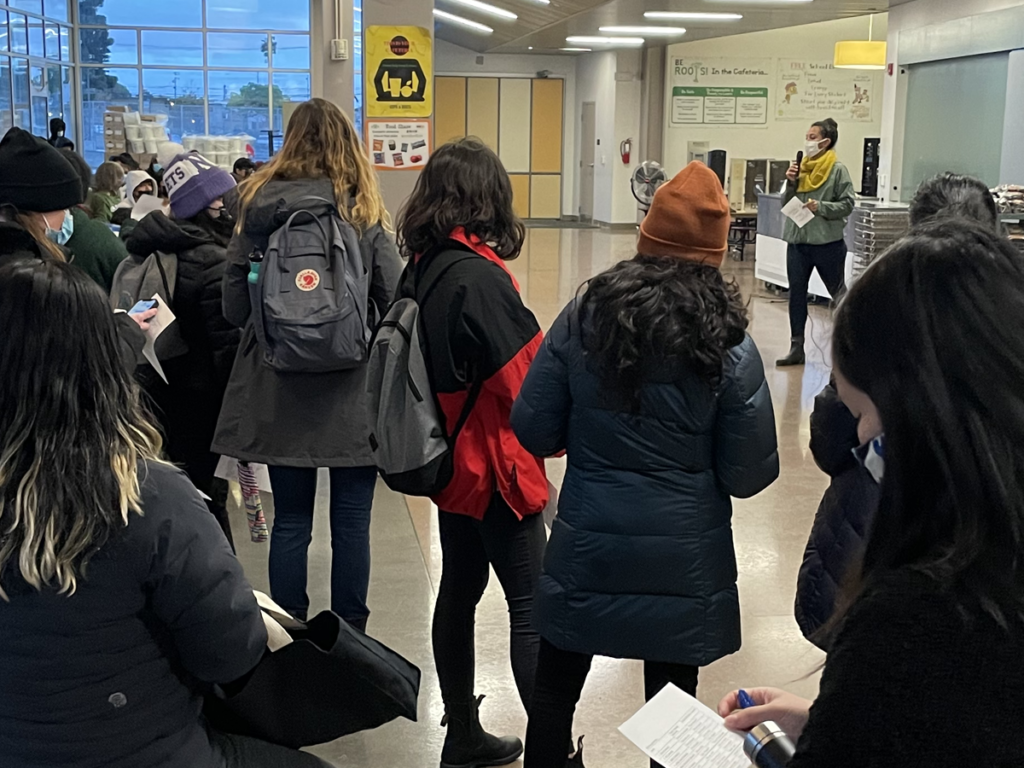
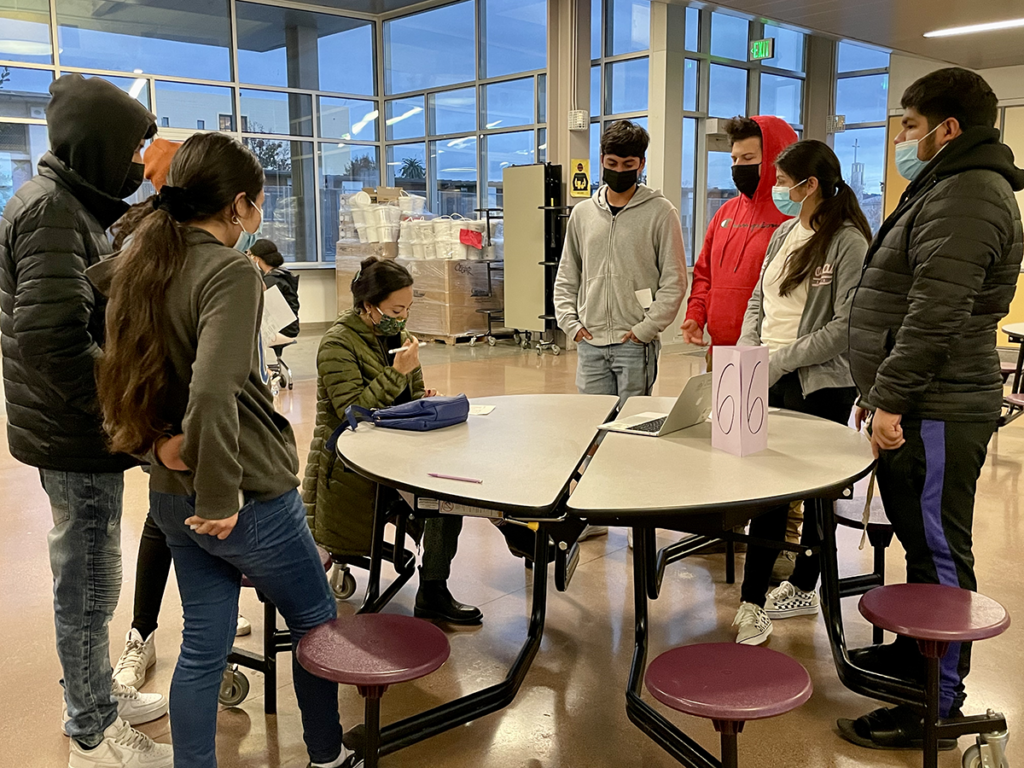
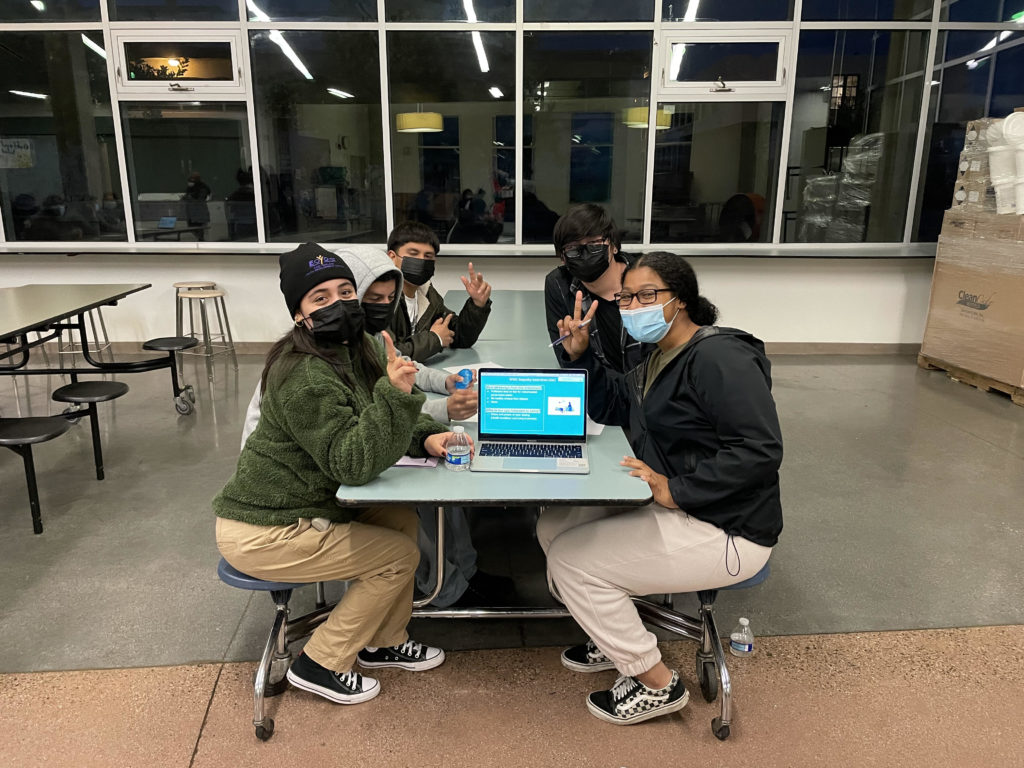
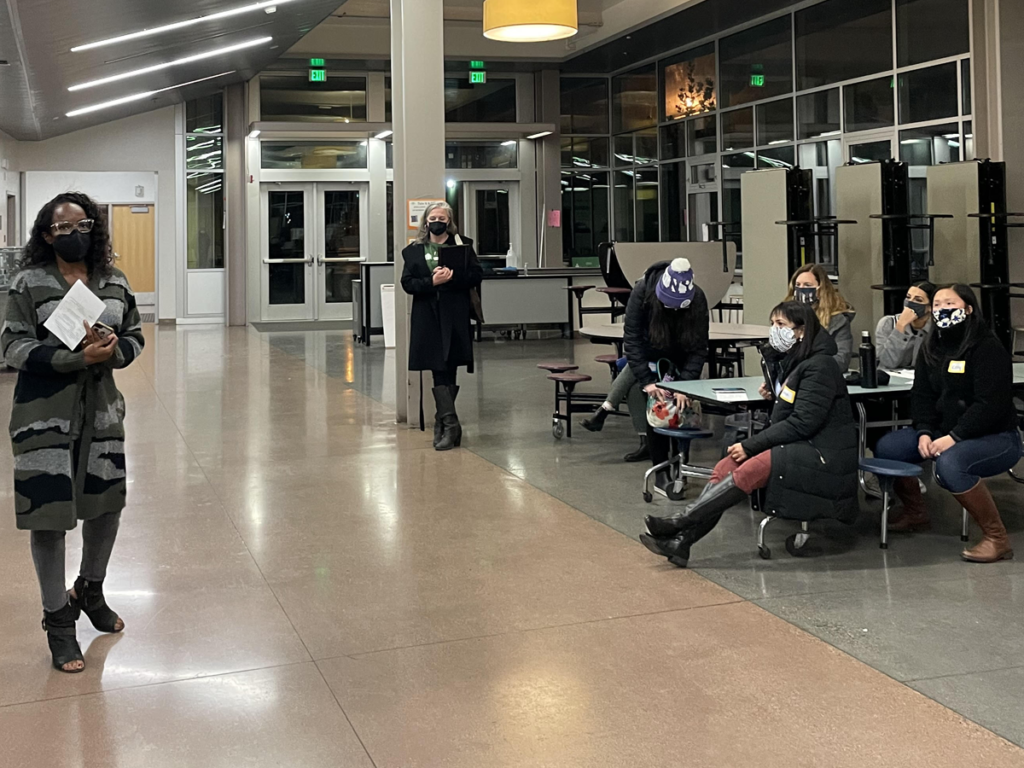
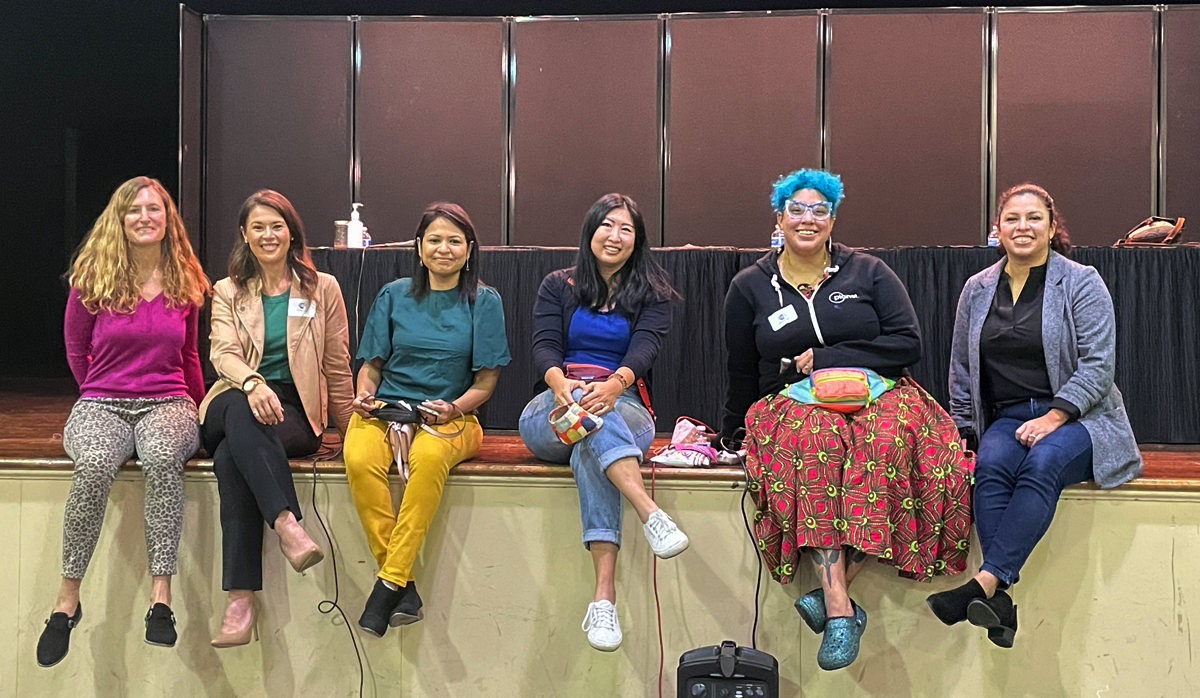
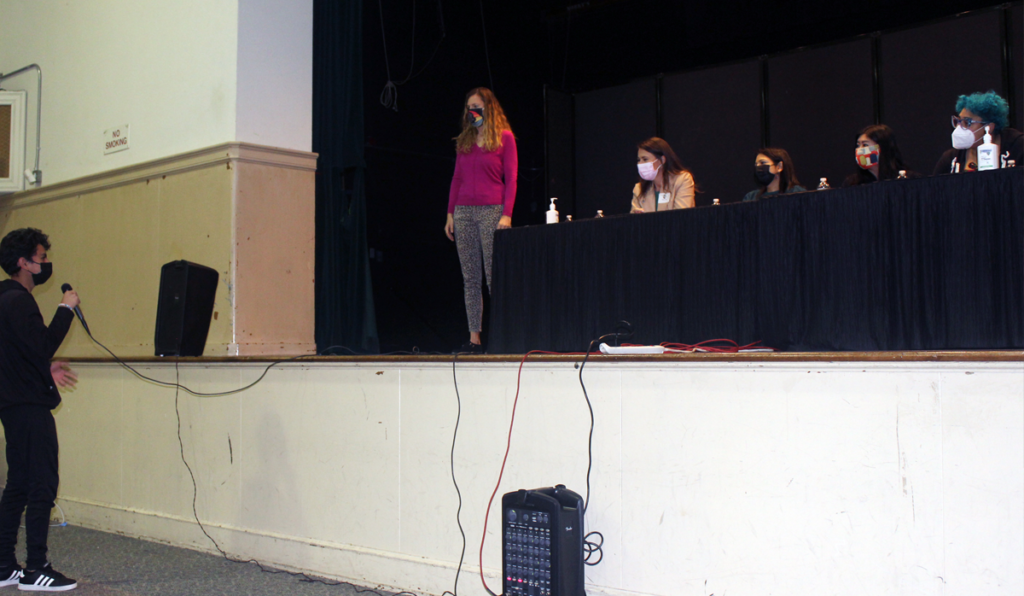
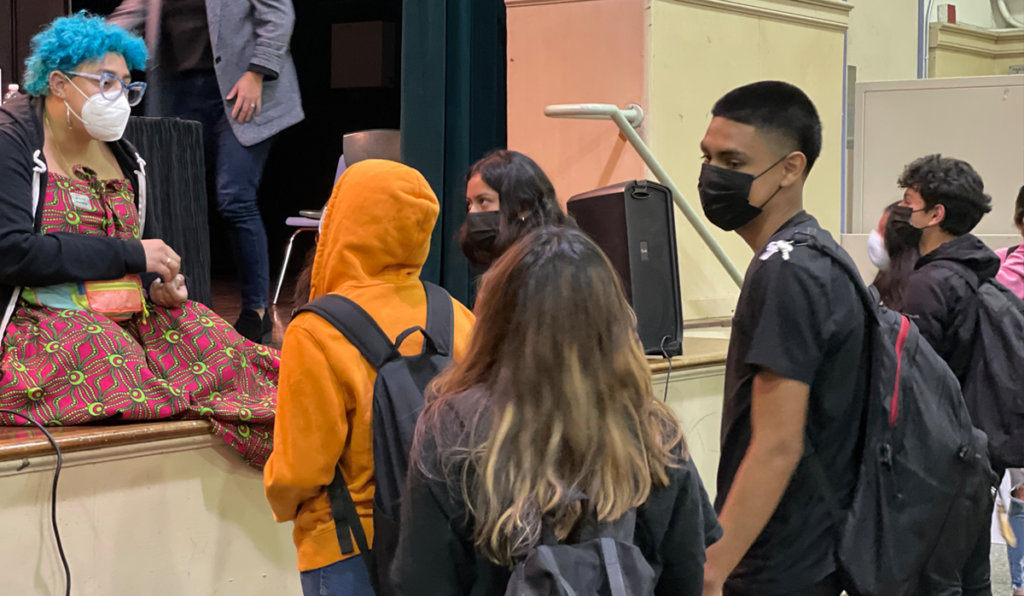
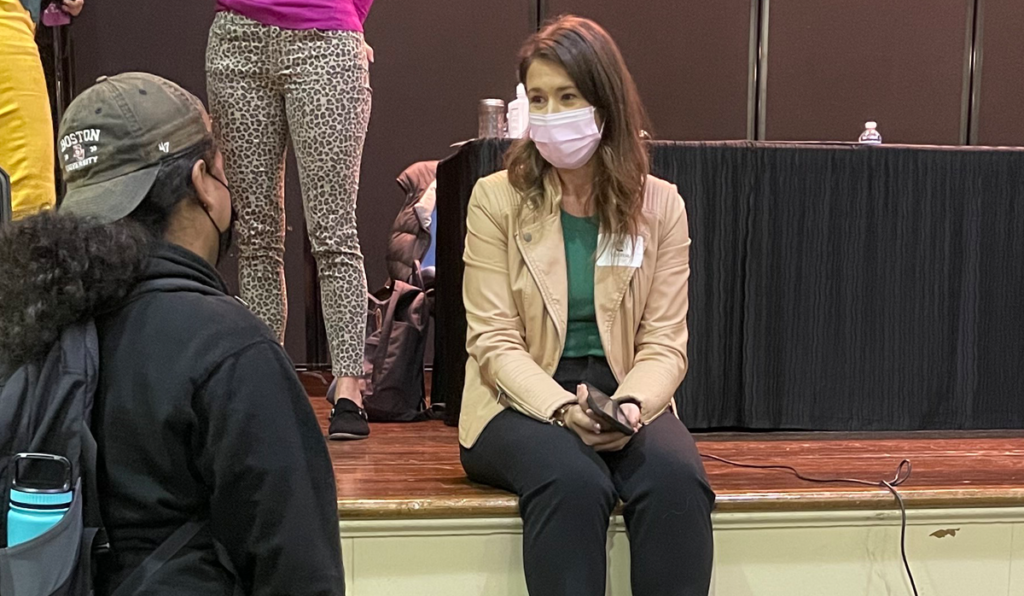


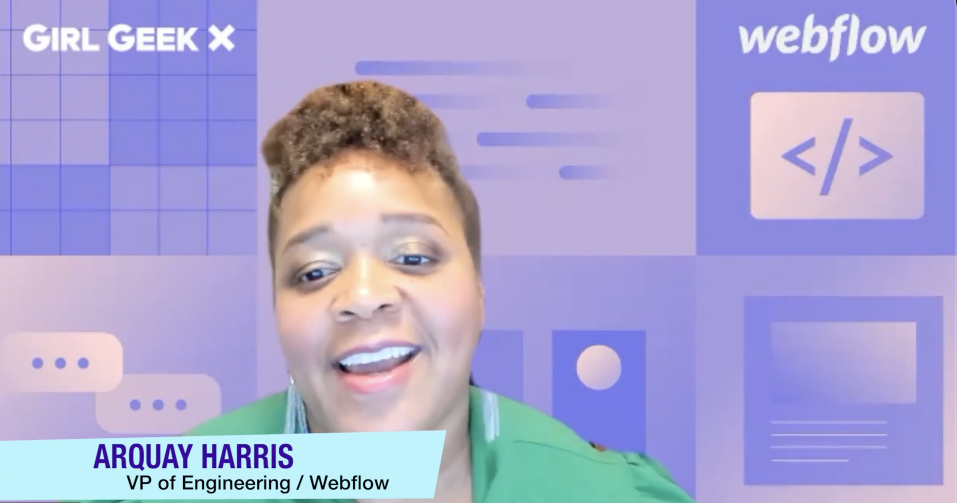

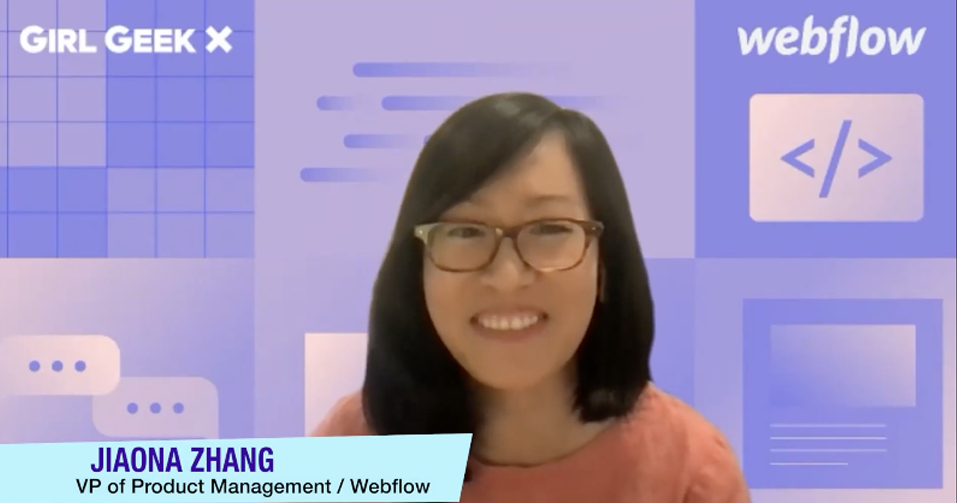
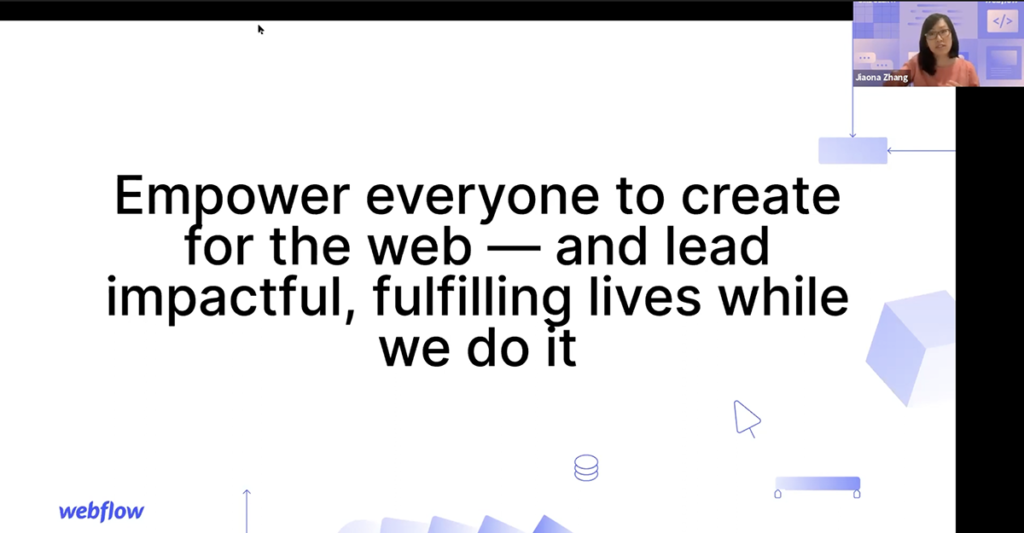
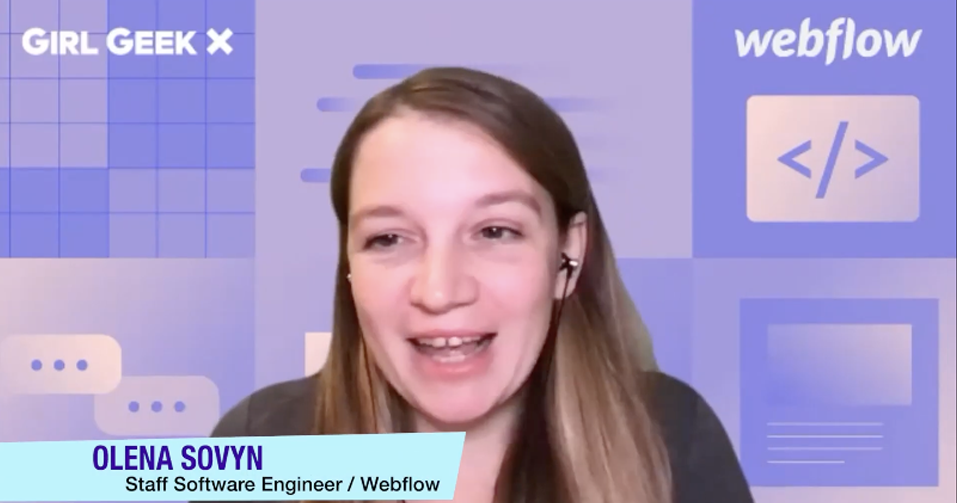
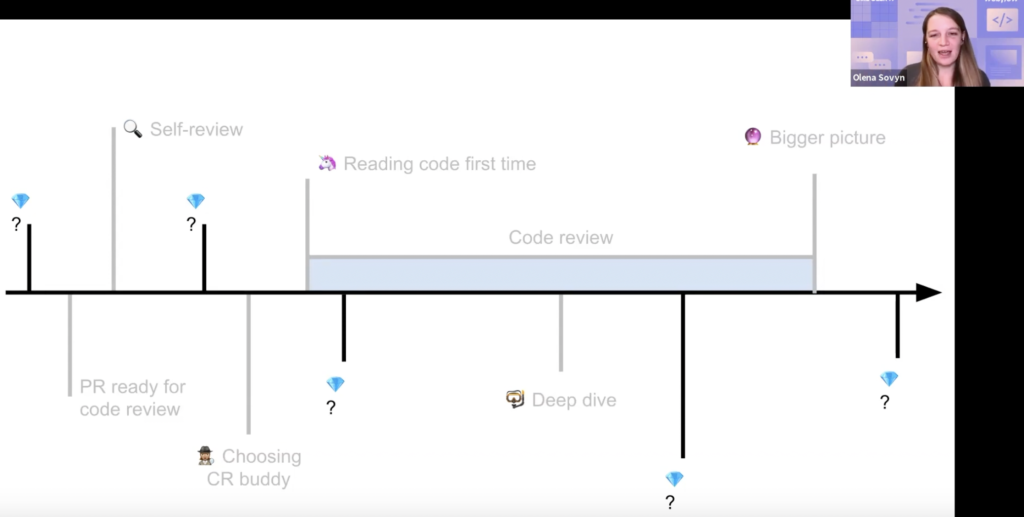
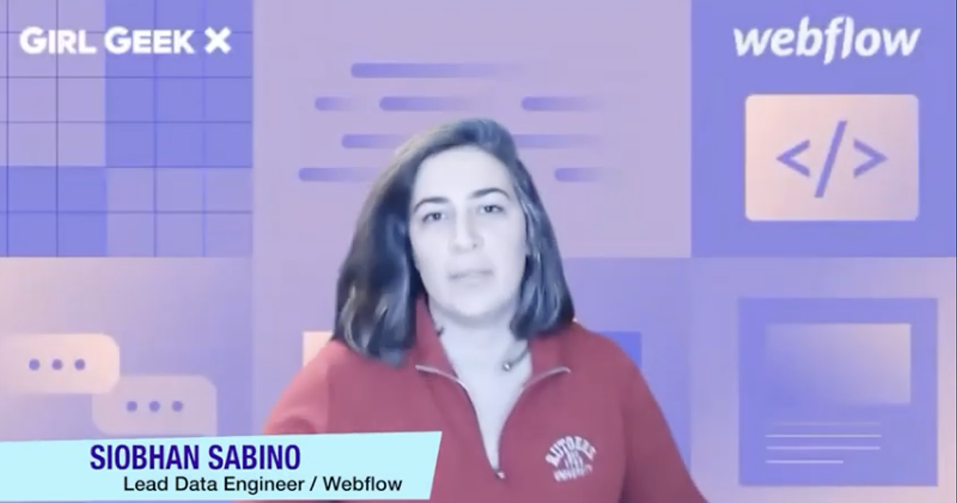
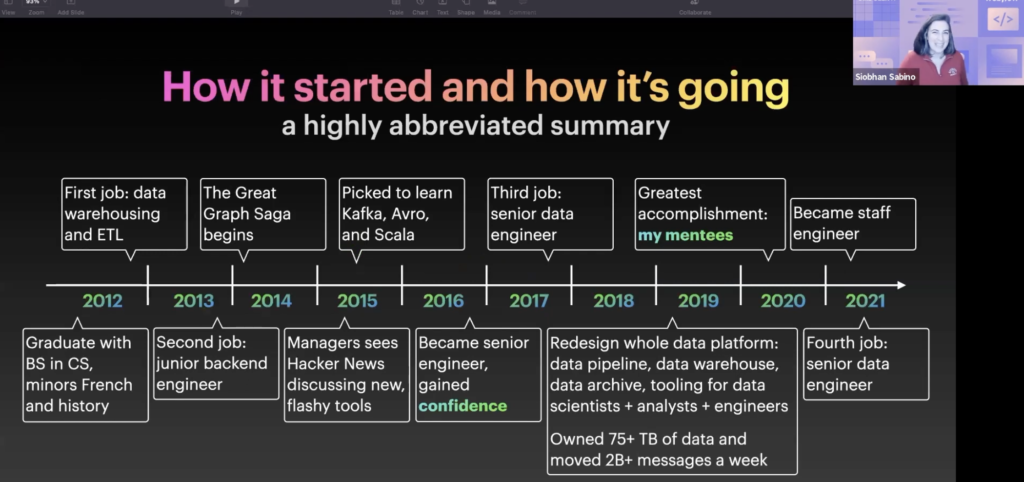
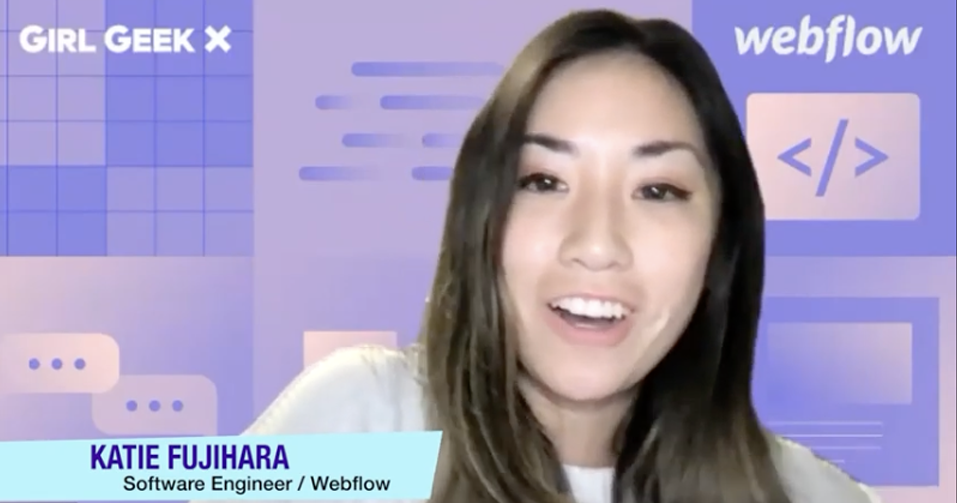
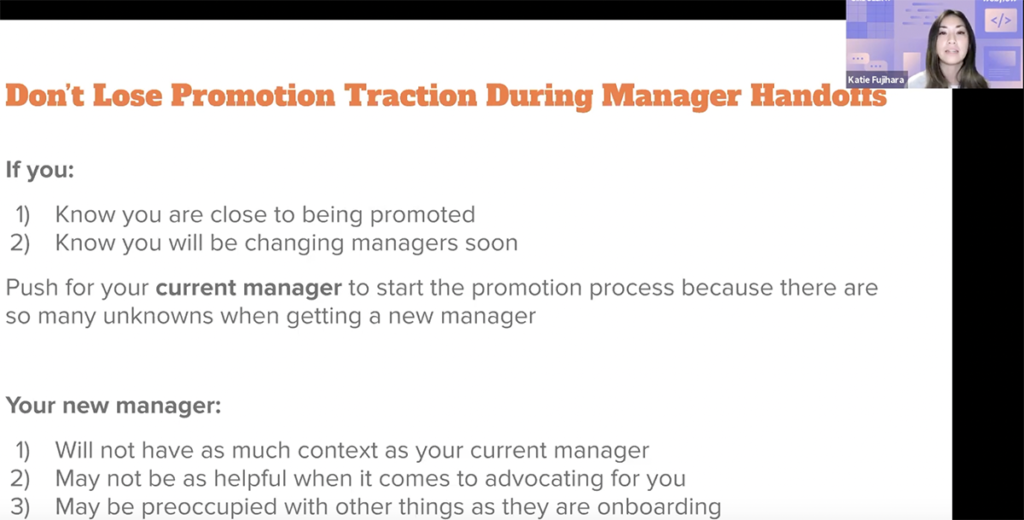
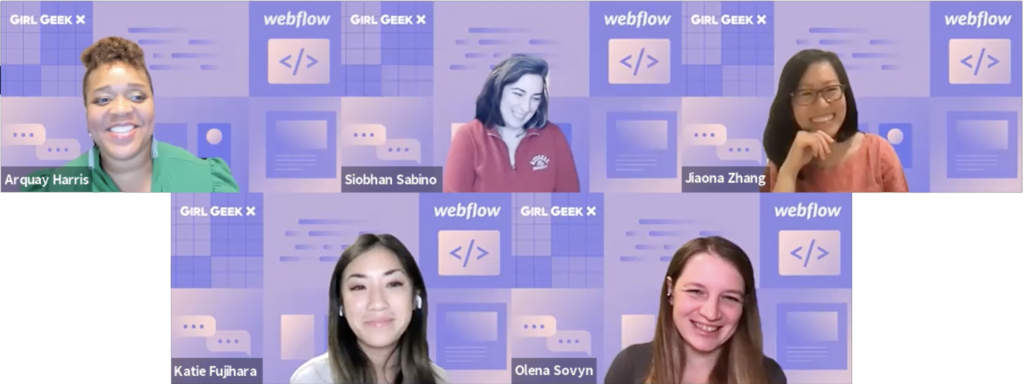
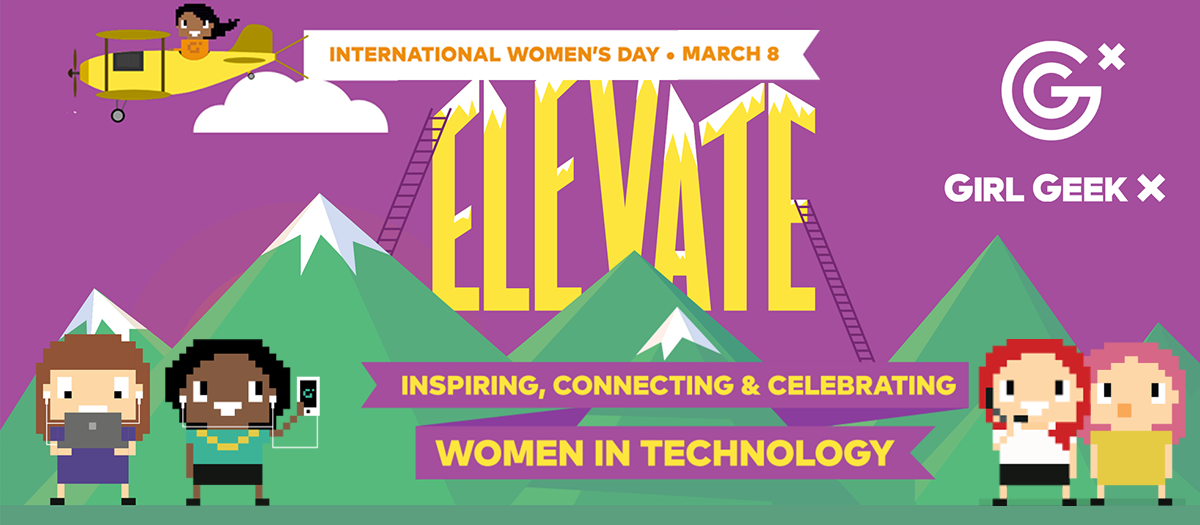
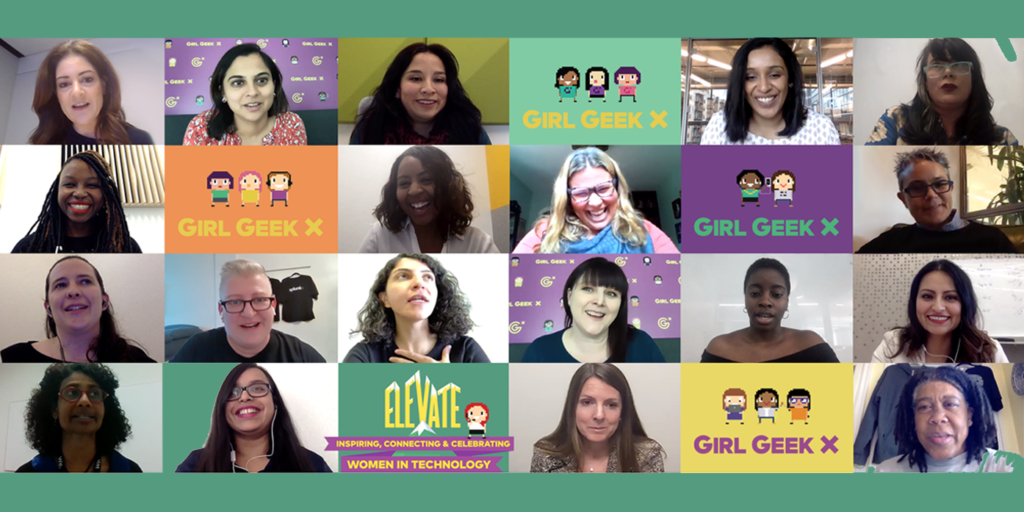
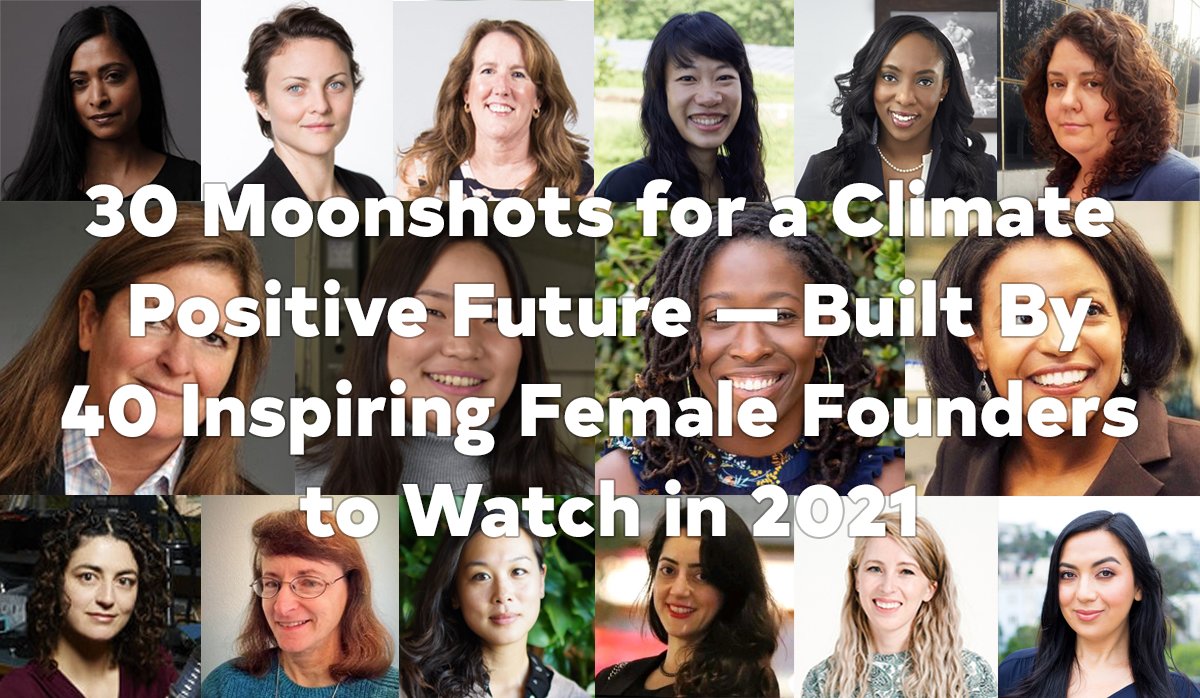

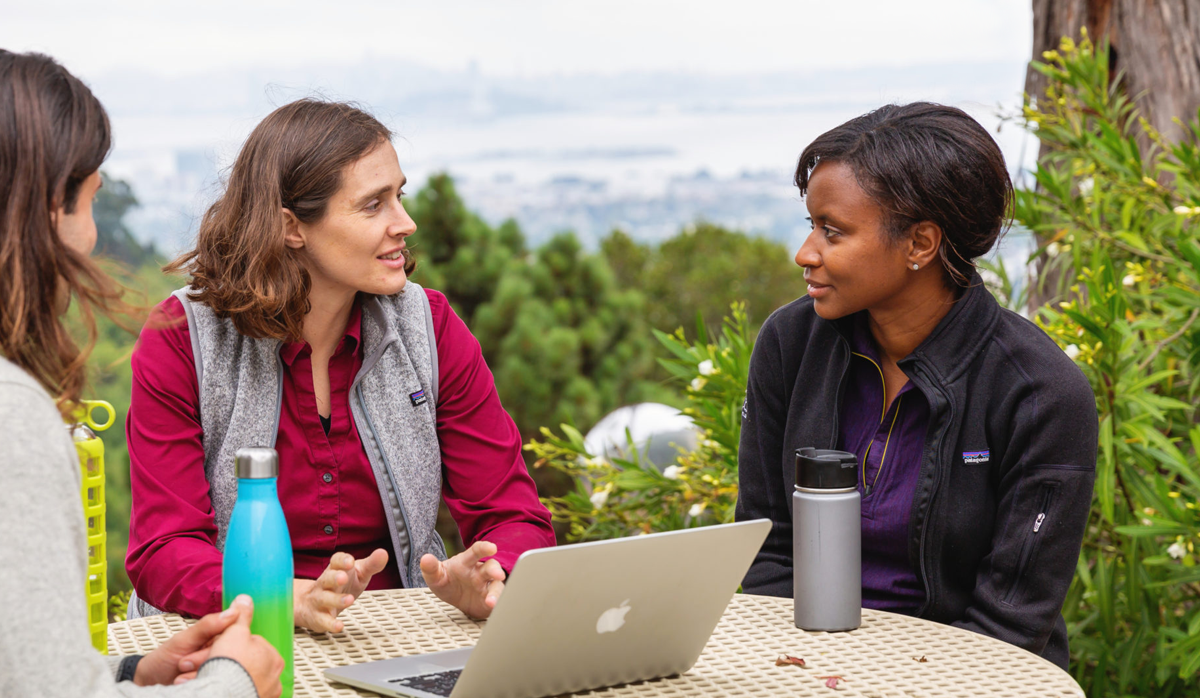
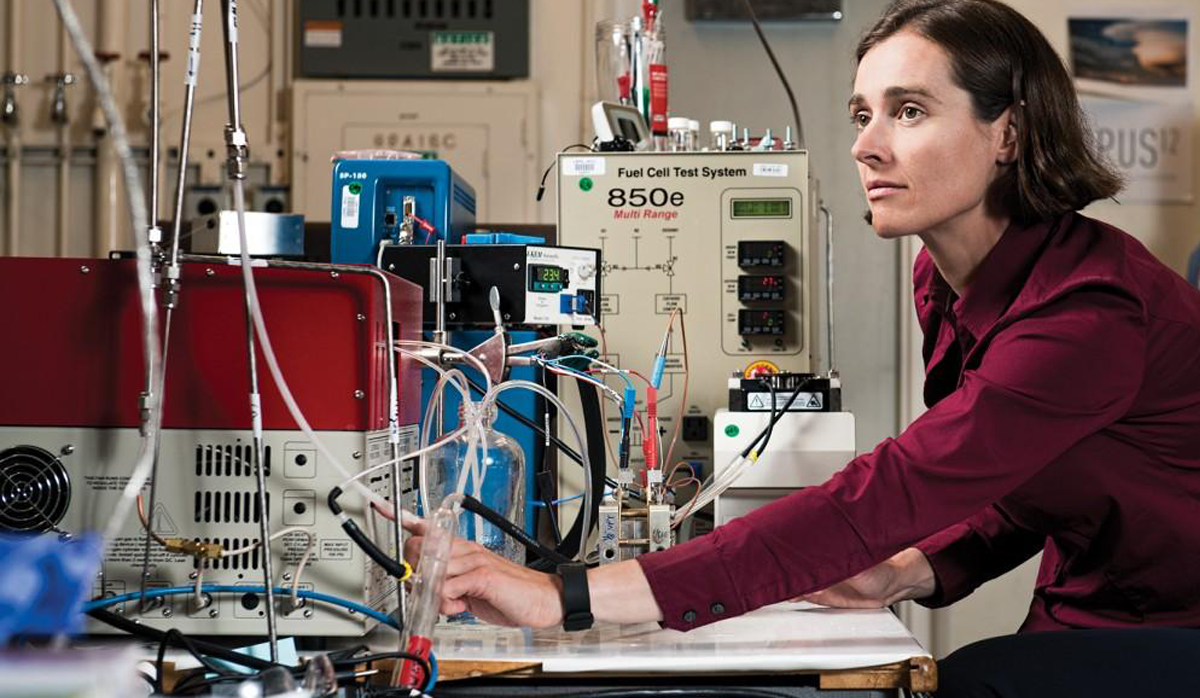
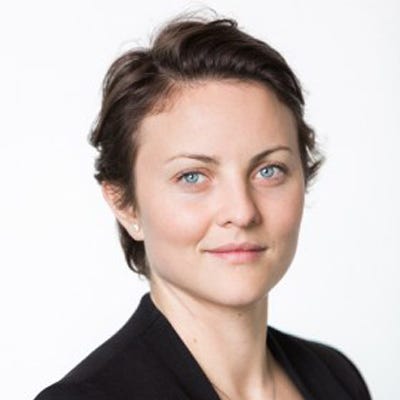



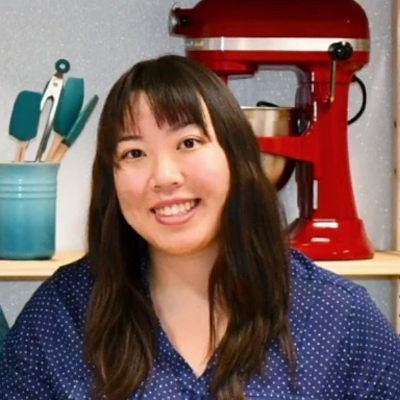


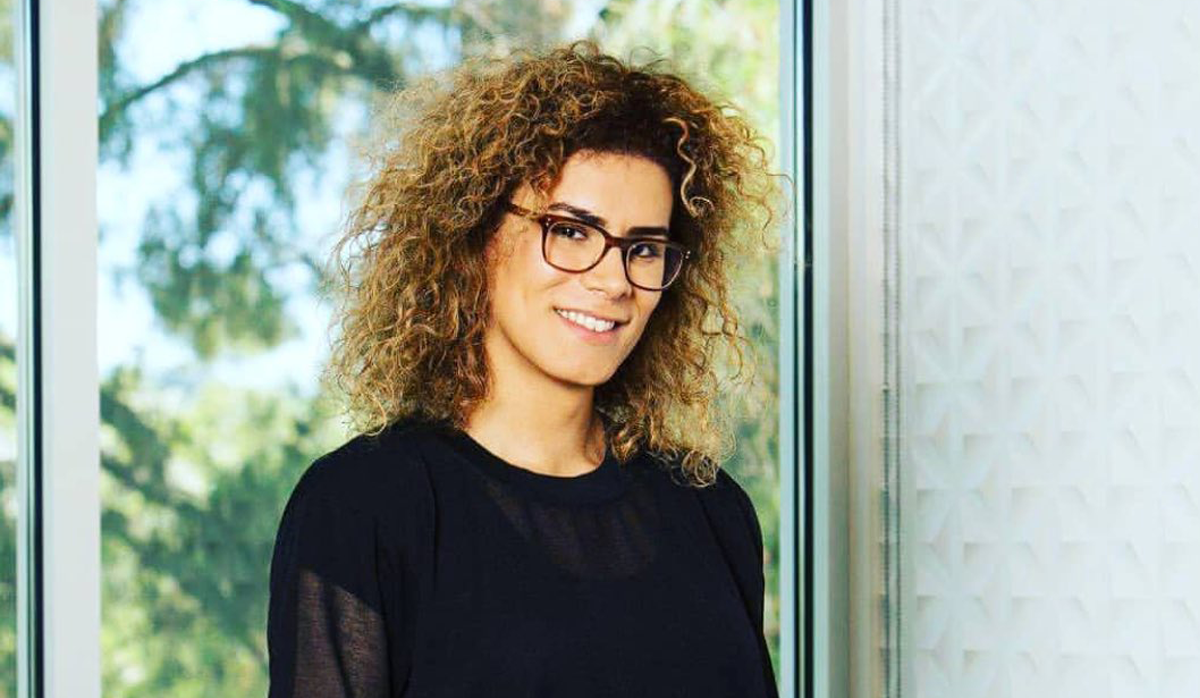





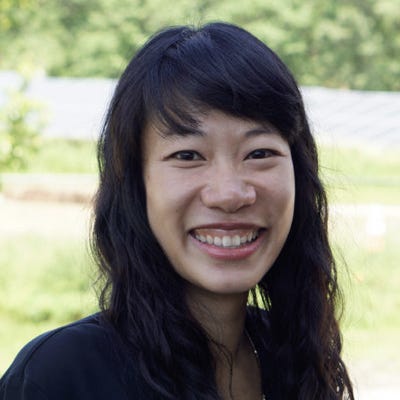










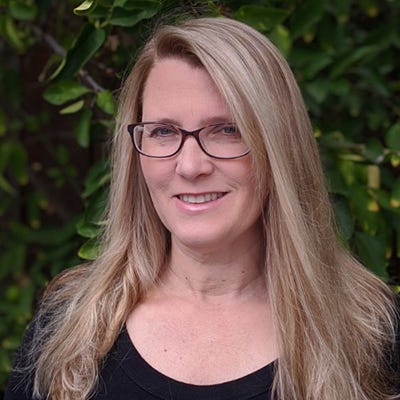

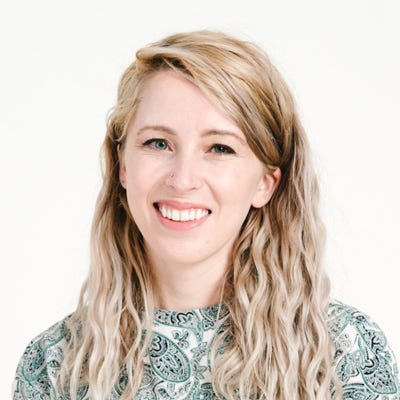
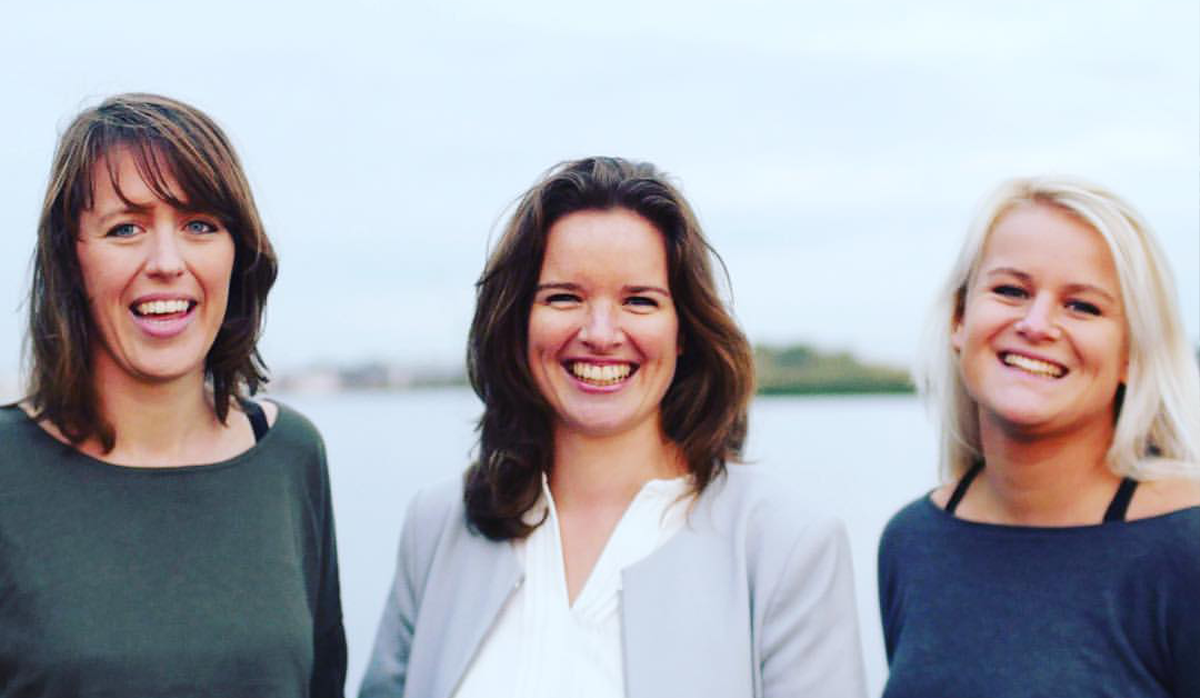

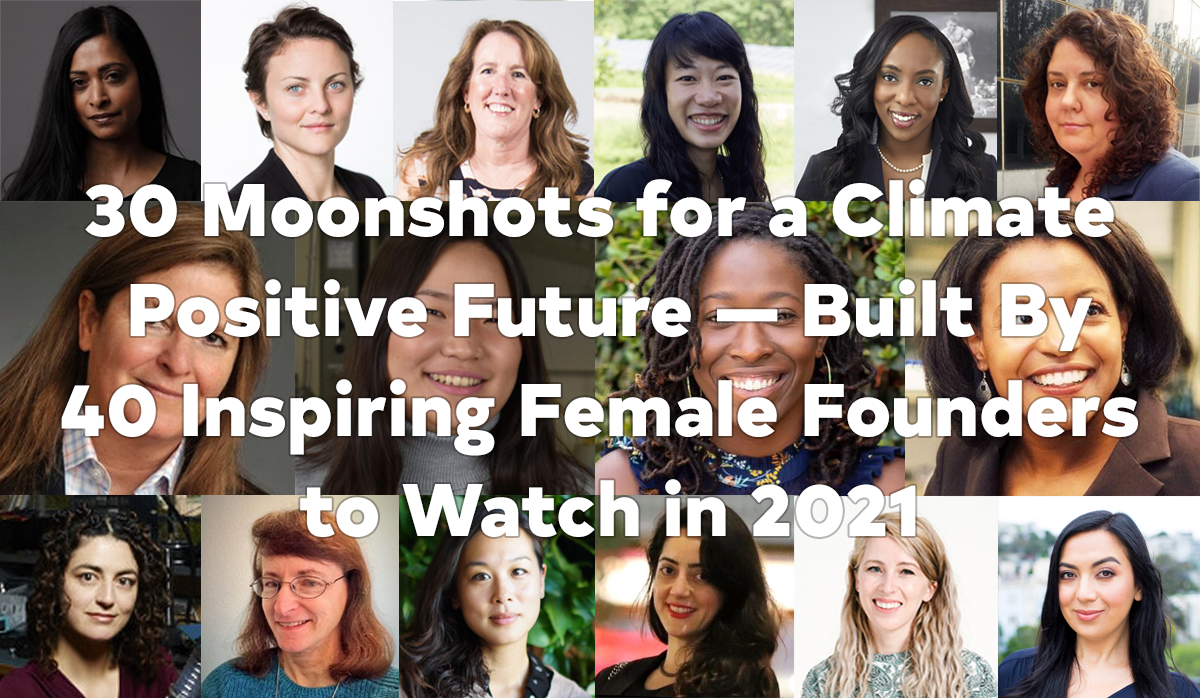

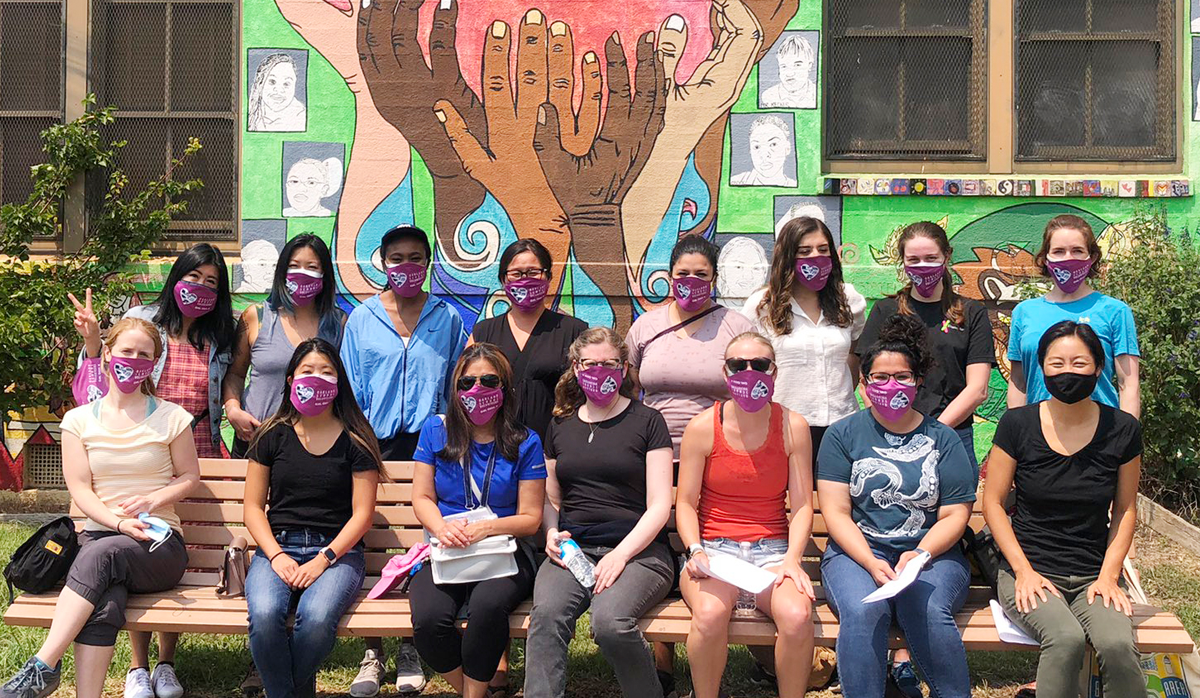
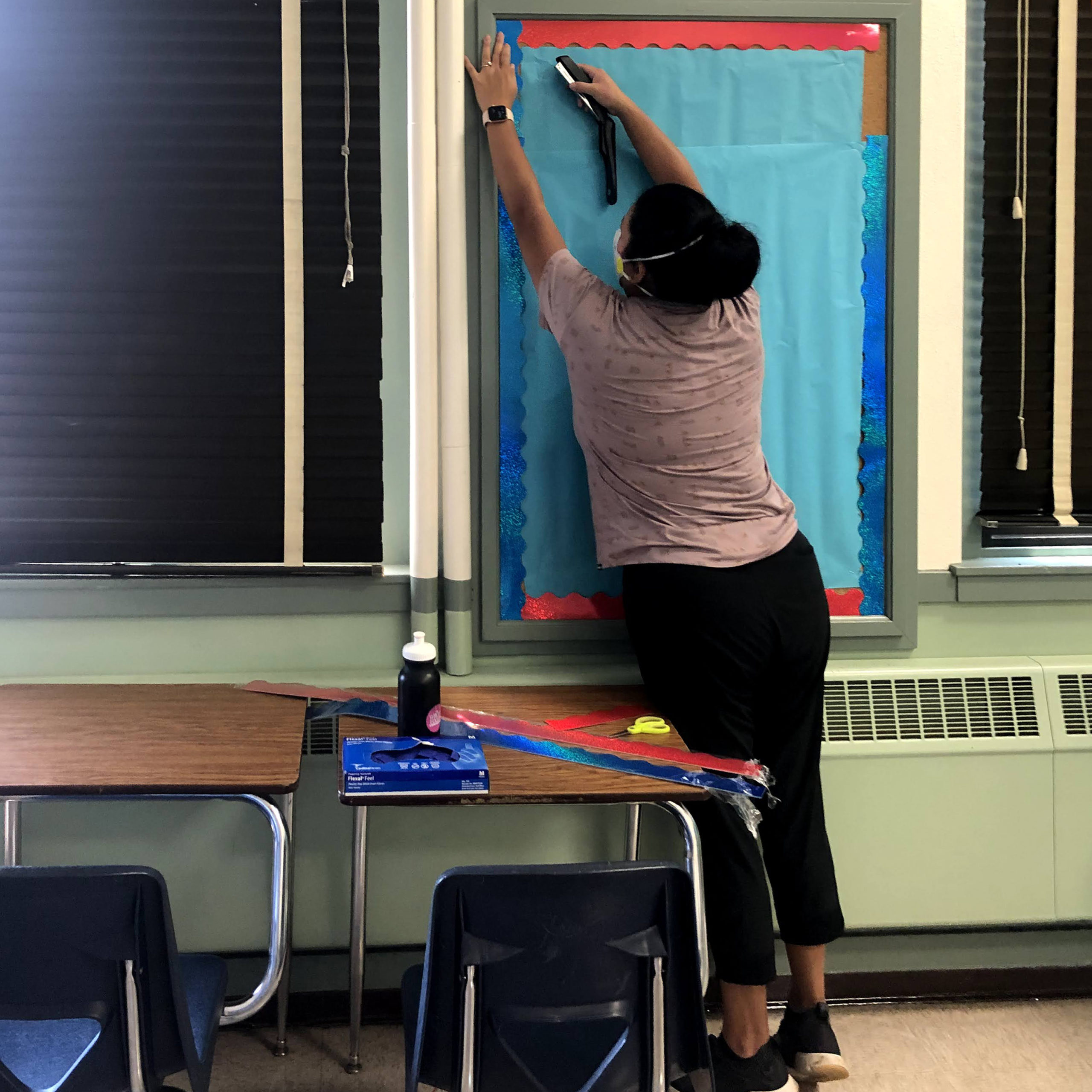 Girl Geek X volunteers (masked and vaccinated) sanitized surfaces, refreshed bulletin boards, and lended a helping hand for teachers preparing for back-to-school on a sunny Friday afternoon. Volunteers got to meet like-minded people and felt positively about supporting the local schools and community.
Girl Geek X volunteers (masked and vaccinated) sanitized surfaces, refreshed bulletin boards, and lended a helping hand for teachers preparing for back-to-school on a sunny Friday afternoon. Volunteers got to meet like-minded people and felt positively about supporting the local schools and community.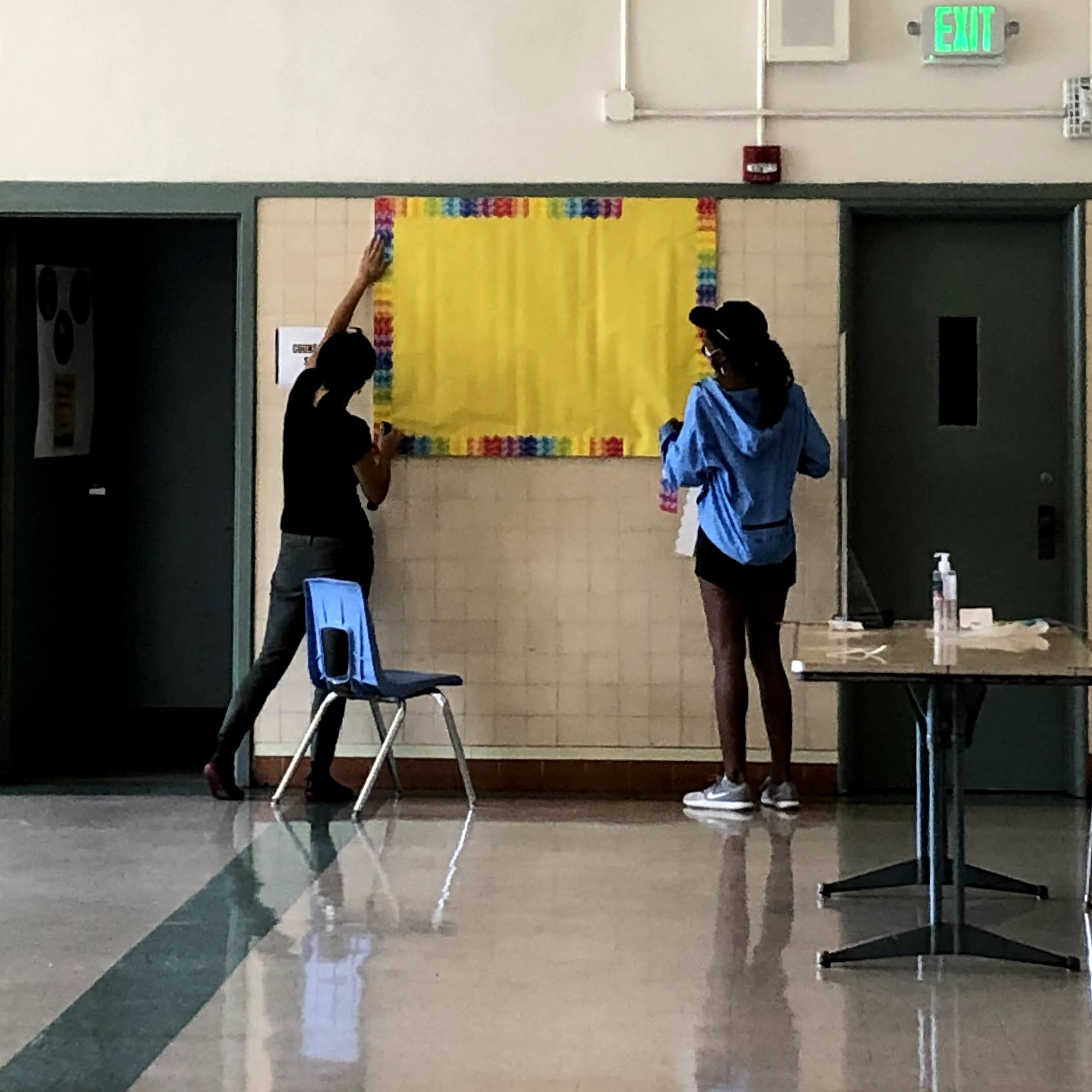 Data expert
Data expert 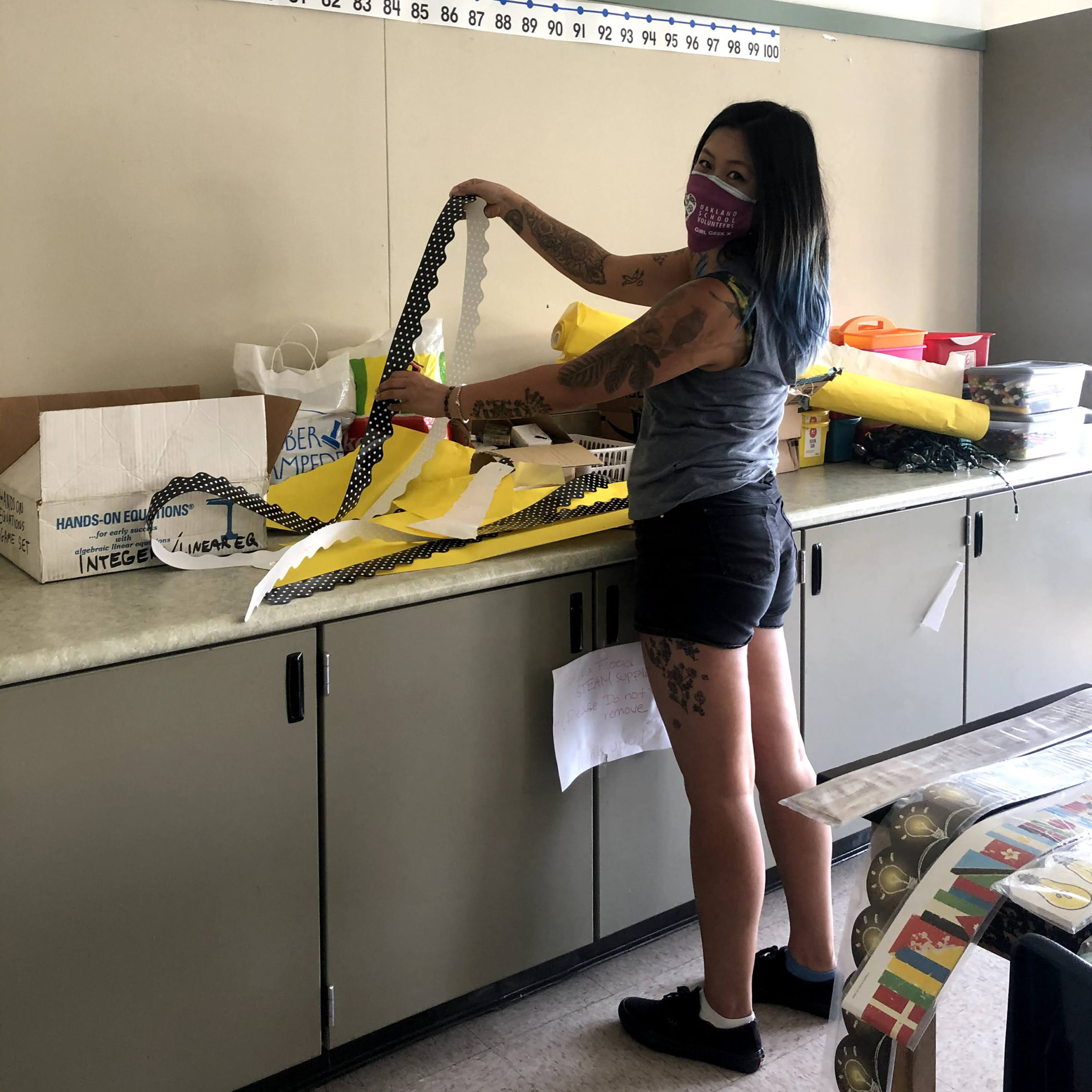 Project manager
Project manager 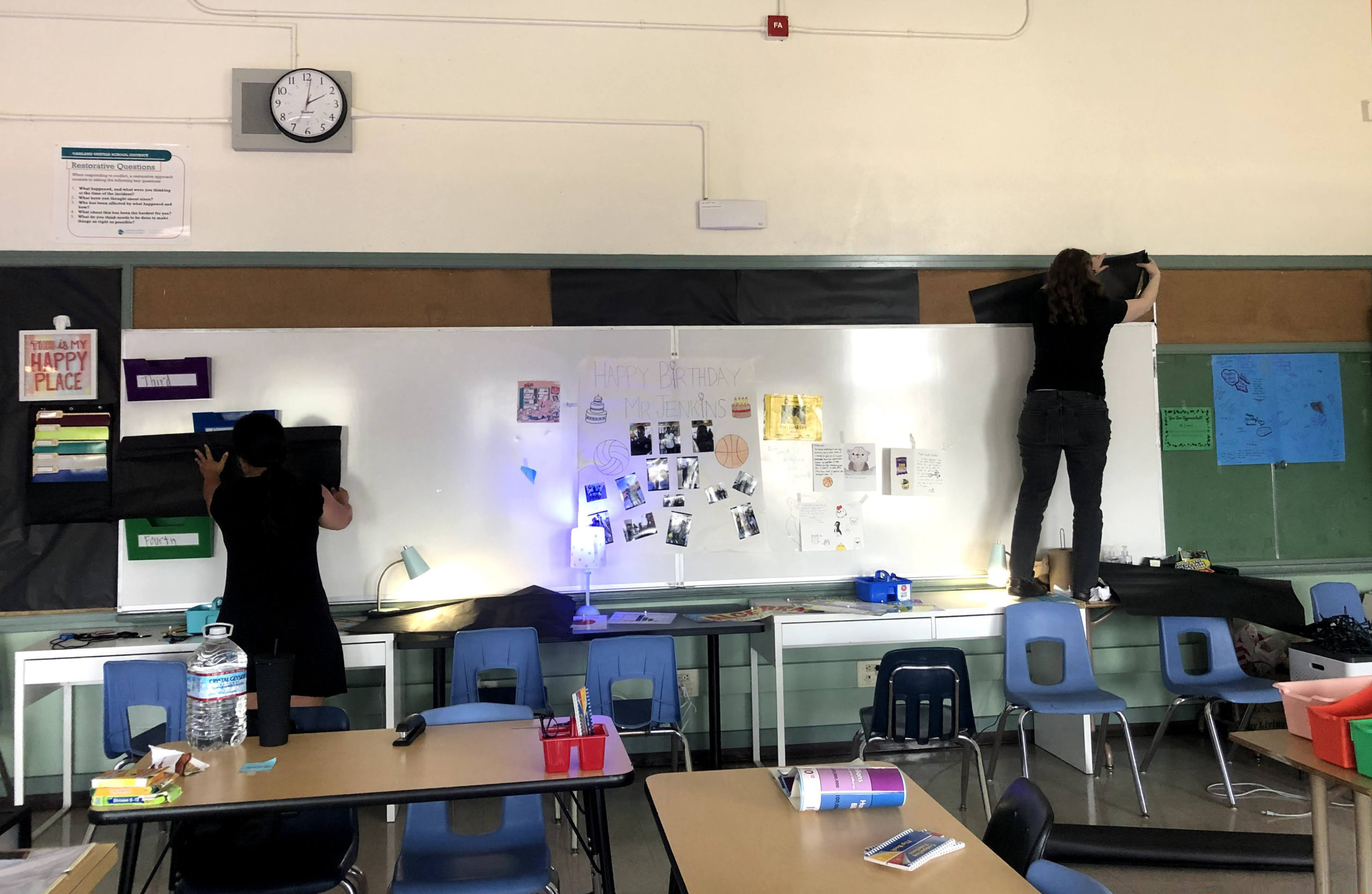
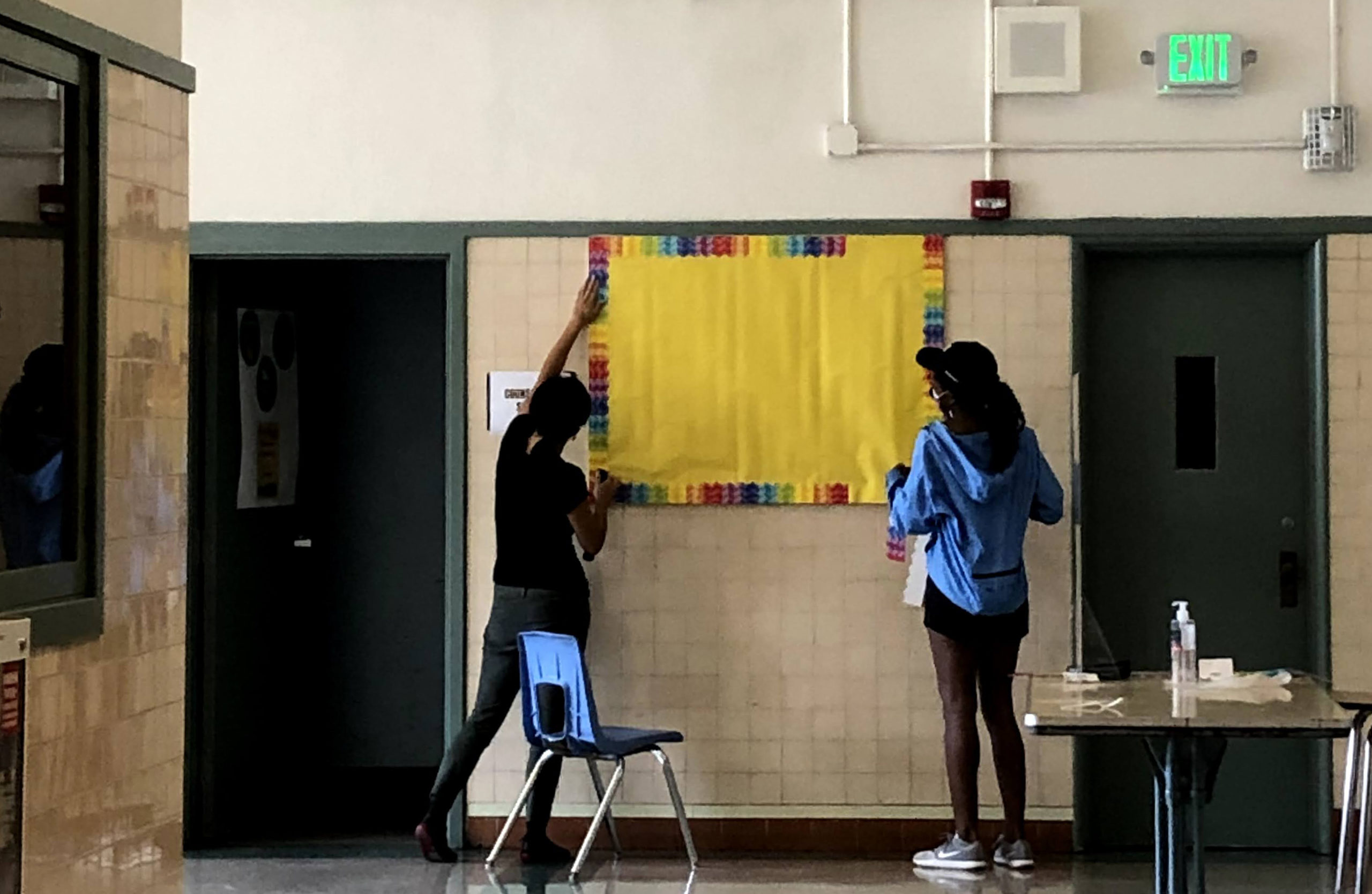
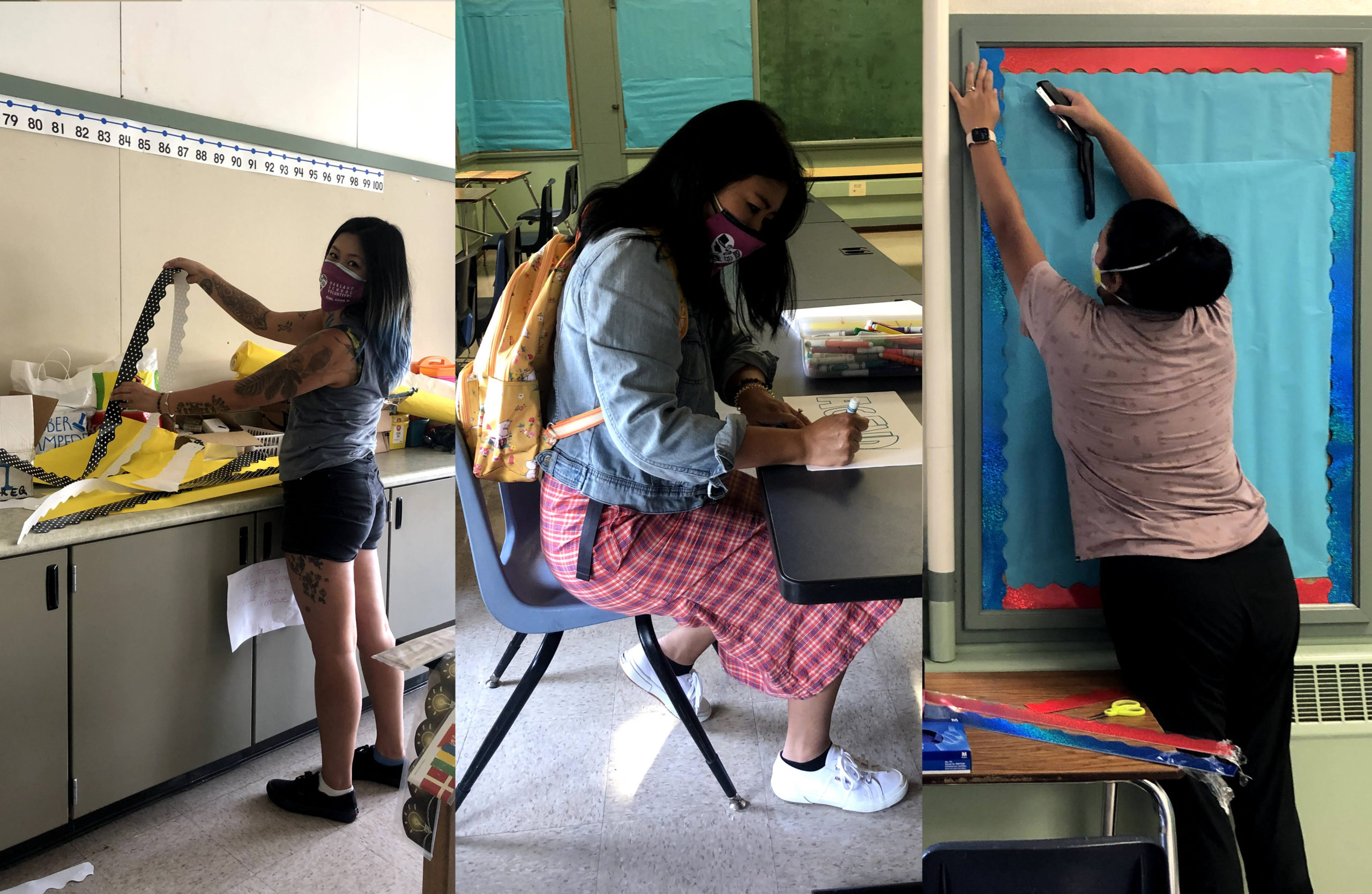
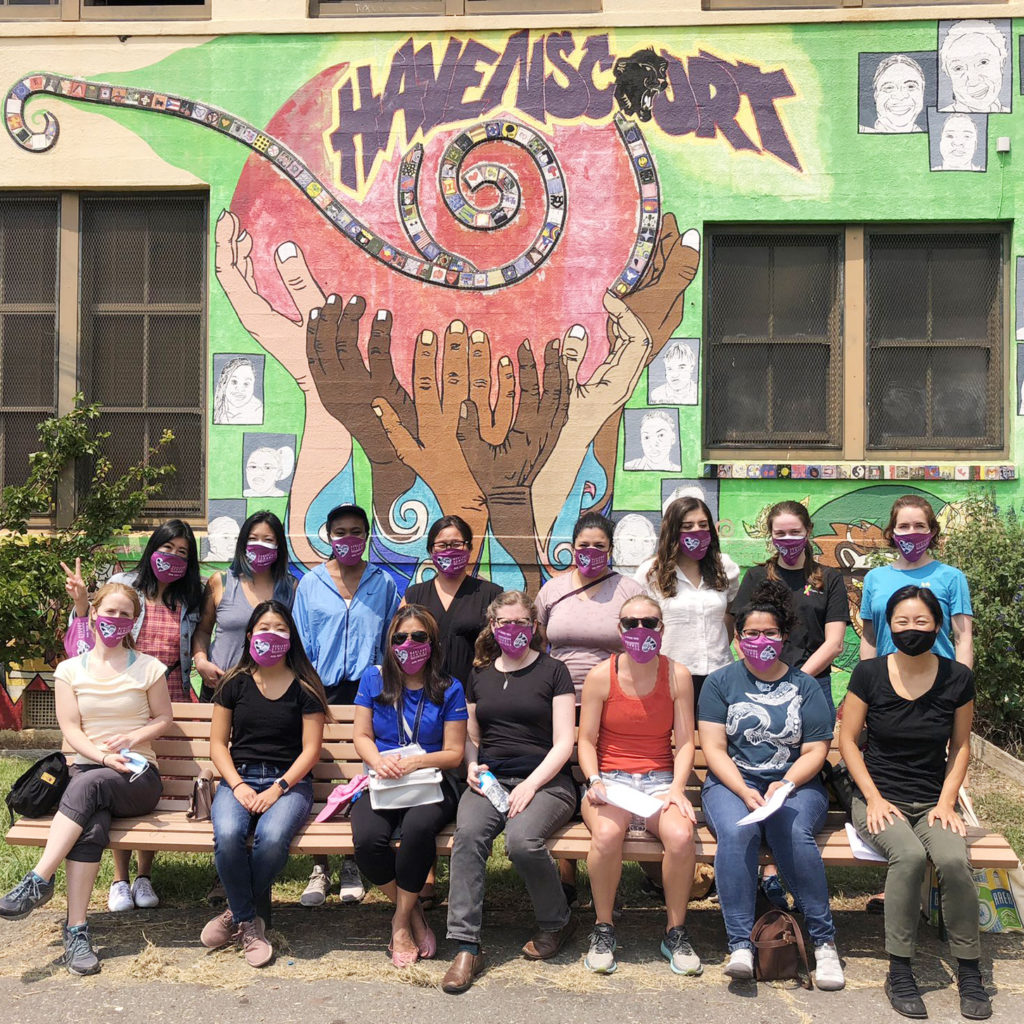
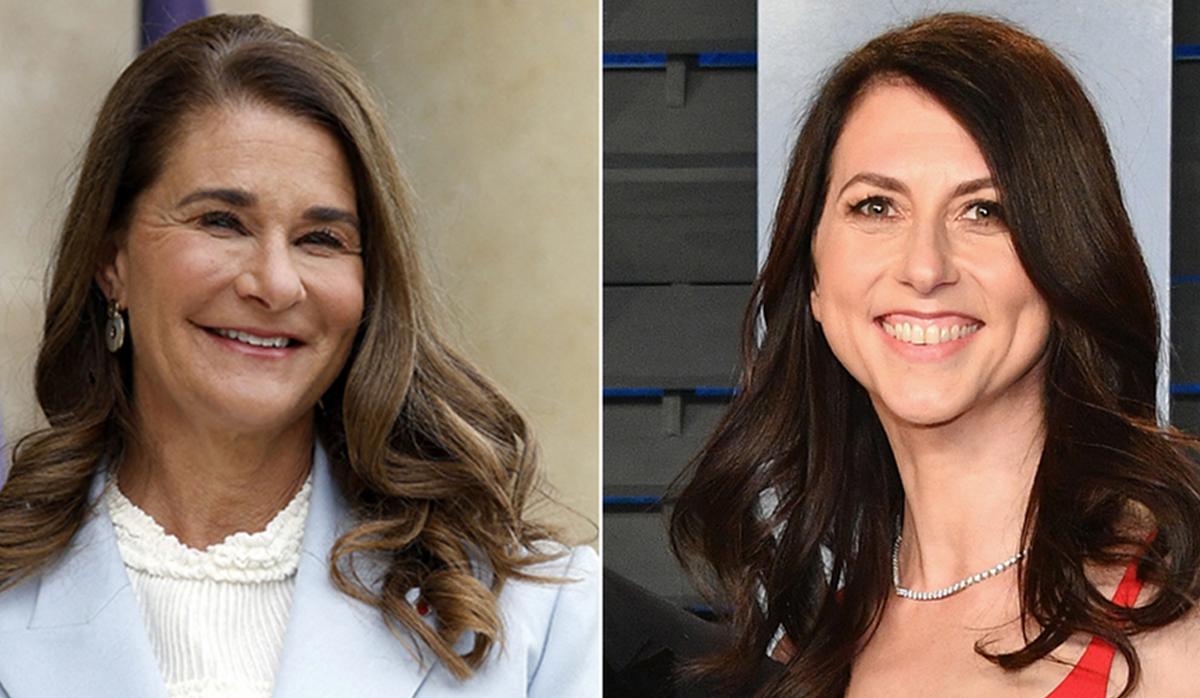

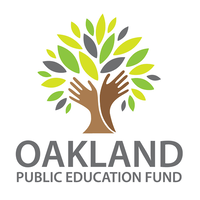
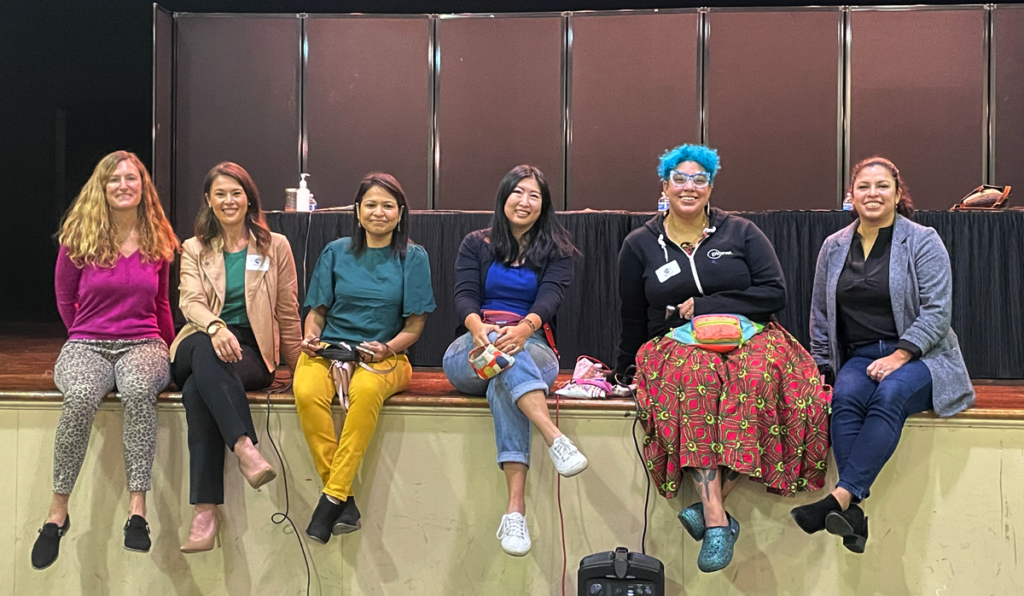
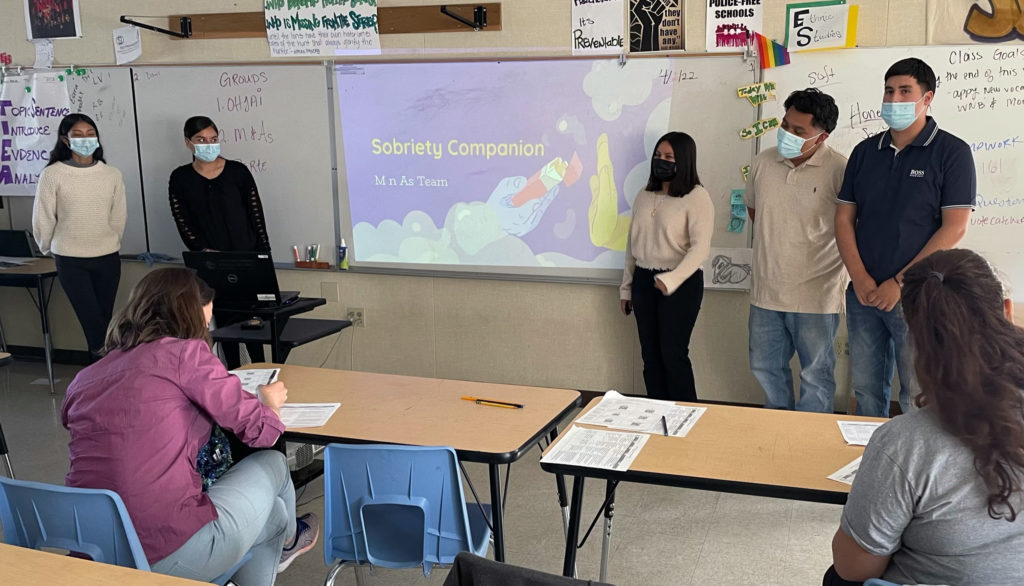
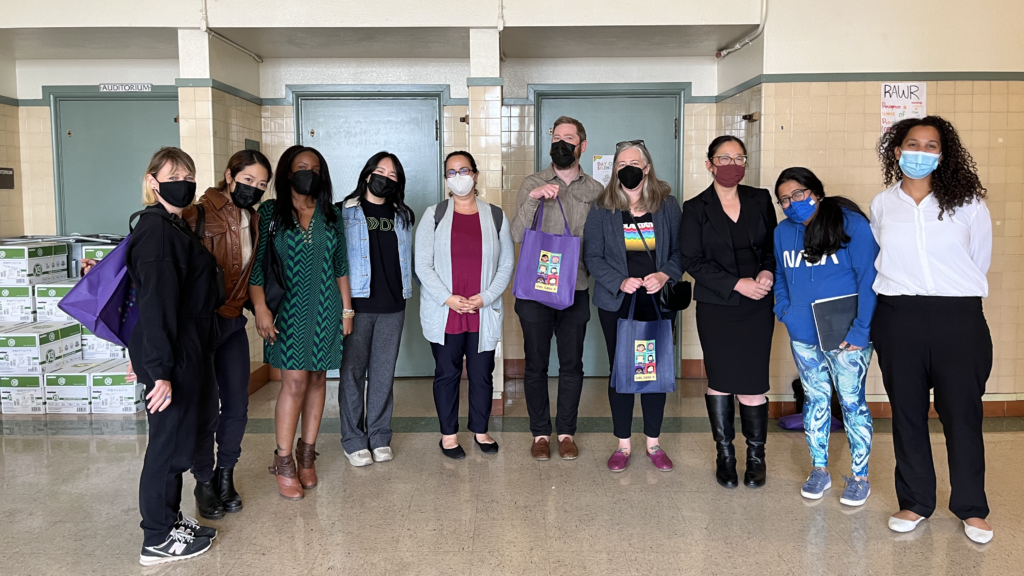
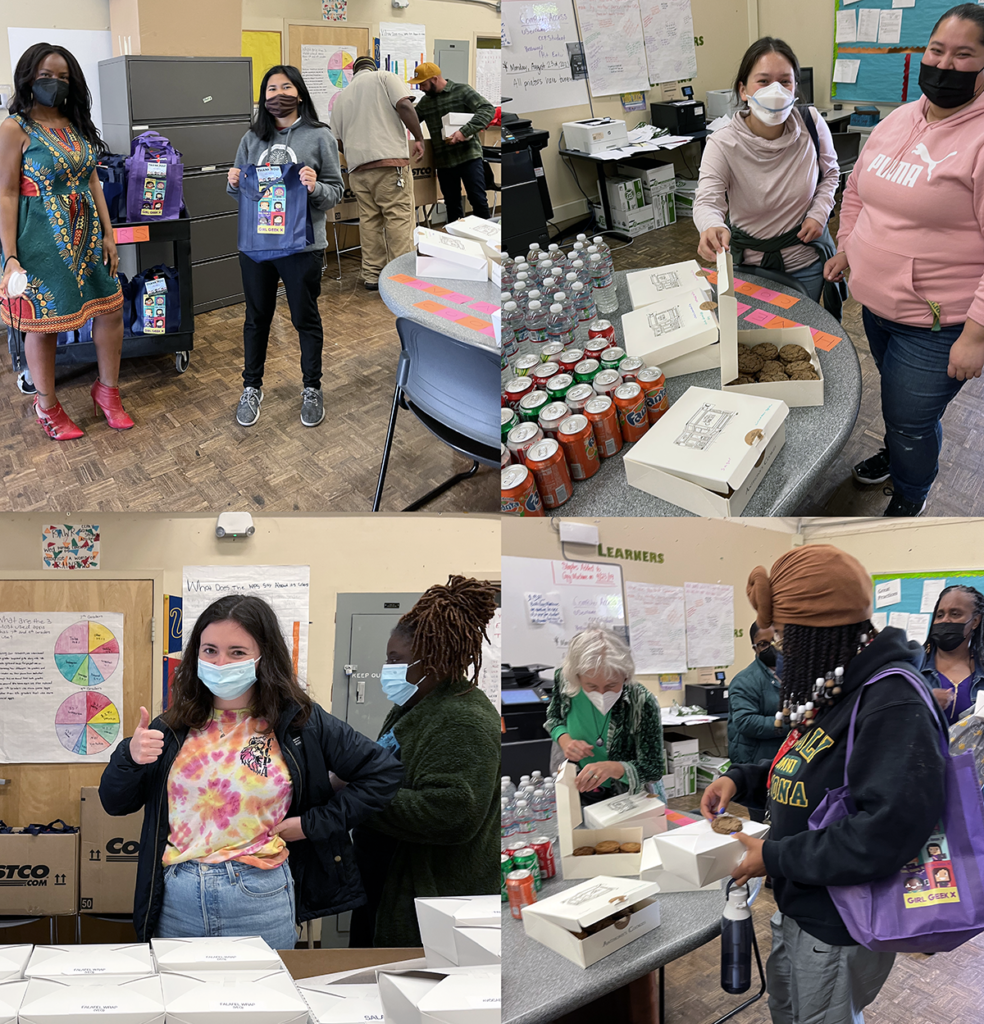

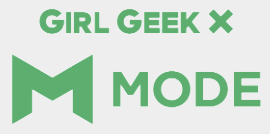 Company: Mode (Industry: B2B software, Employees: 100-500)
Funding Stage: $46.4M total raised – Series C (2019)
Event Capacity: 130 (Tickets Sold: 271)
Successful Hiring: 2 (1 sourced, 1 influenced within 4 months post-event; expecting more long-term)
Company: Mode (Industry: B2B software, Employees: 100-500)
Funding Stage: $46.4M total raised – Series C (2019)
Event Capacity: 130 (Tickets Sold: 271)
Successful Hiring: 2 (1 sourced, 1 influenced within 4 months post-event; expecting more long-term)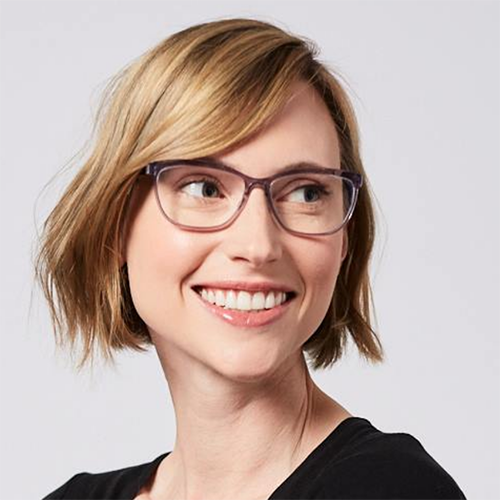
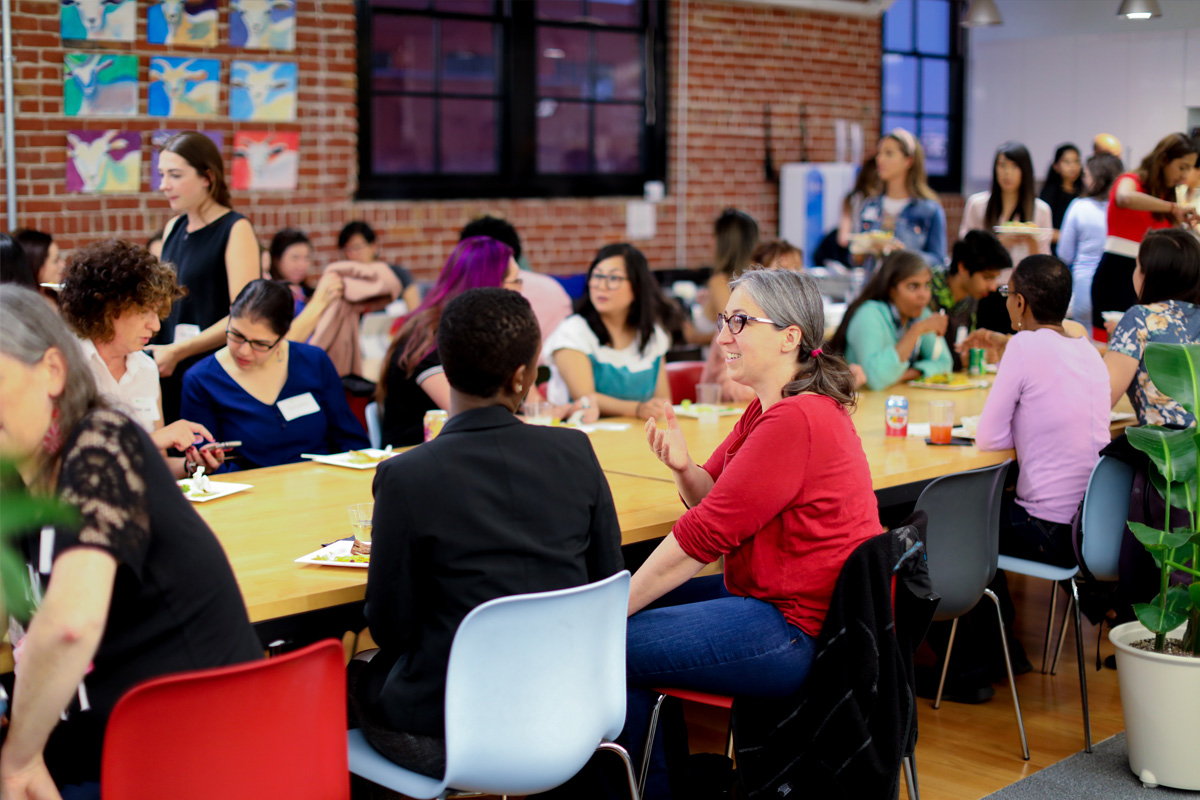 “It was great for engineering — and not just engineering, but employer brand awareness. Hiring in technology is competitive here in the San Francisco Bay Area, so we always have to be doing more — and we’re always trying new stuff to get our name out there and get candidates engaged,” said CTO Heather Rivers about how Girl Geek X contributed to Mode’s successful engineering recruiting plan.
“It was great for engineering — and not just engineering, but employer brand awareness. Hiring in technology is competitive here in the San Francisco Bay Area, so we always have to be doing more — and we’re always trying new stuff to get our name out there and get candidates engaged,” said CTO Heather Rivers about how Girl Geek X contributed to Mode’s successful engineering recruiting plan.

